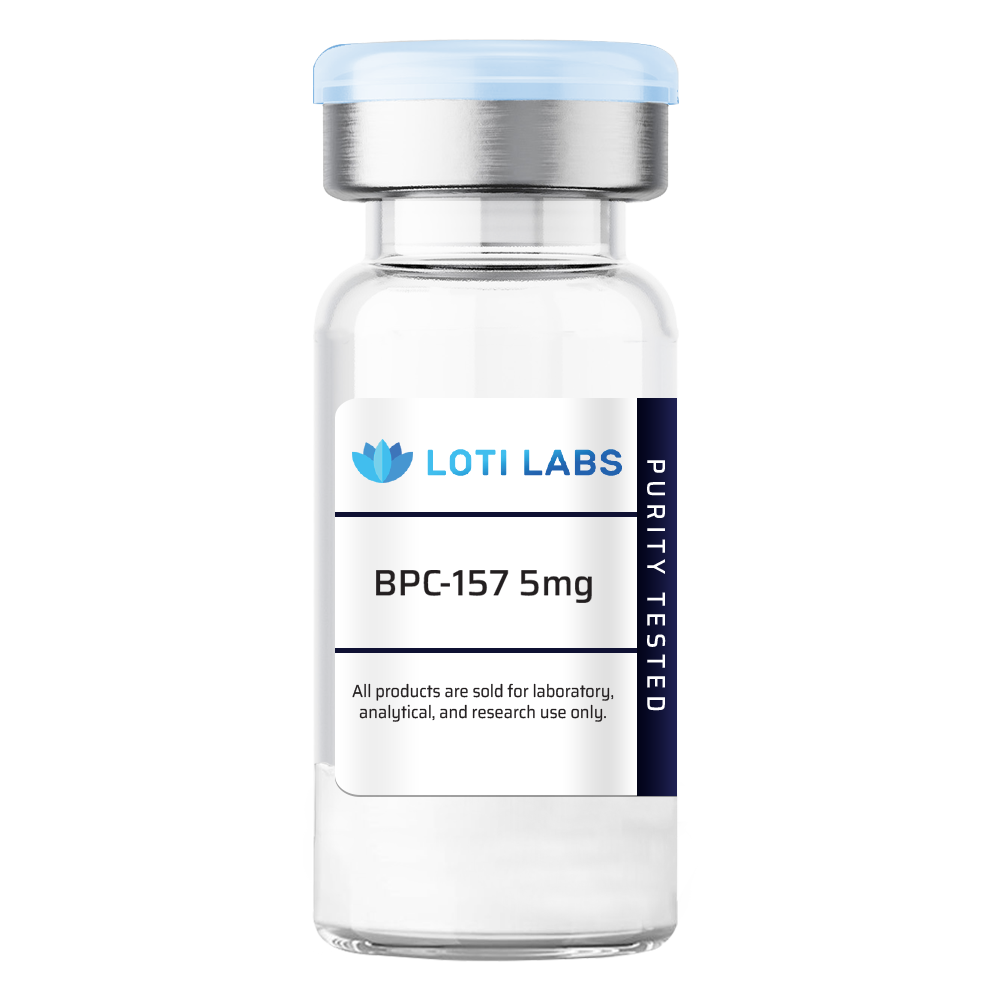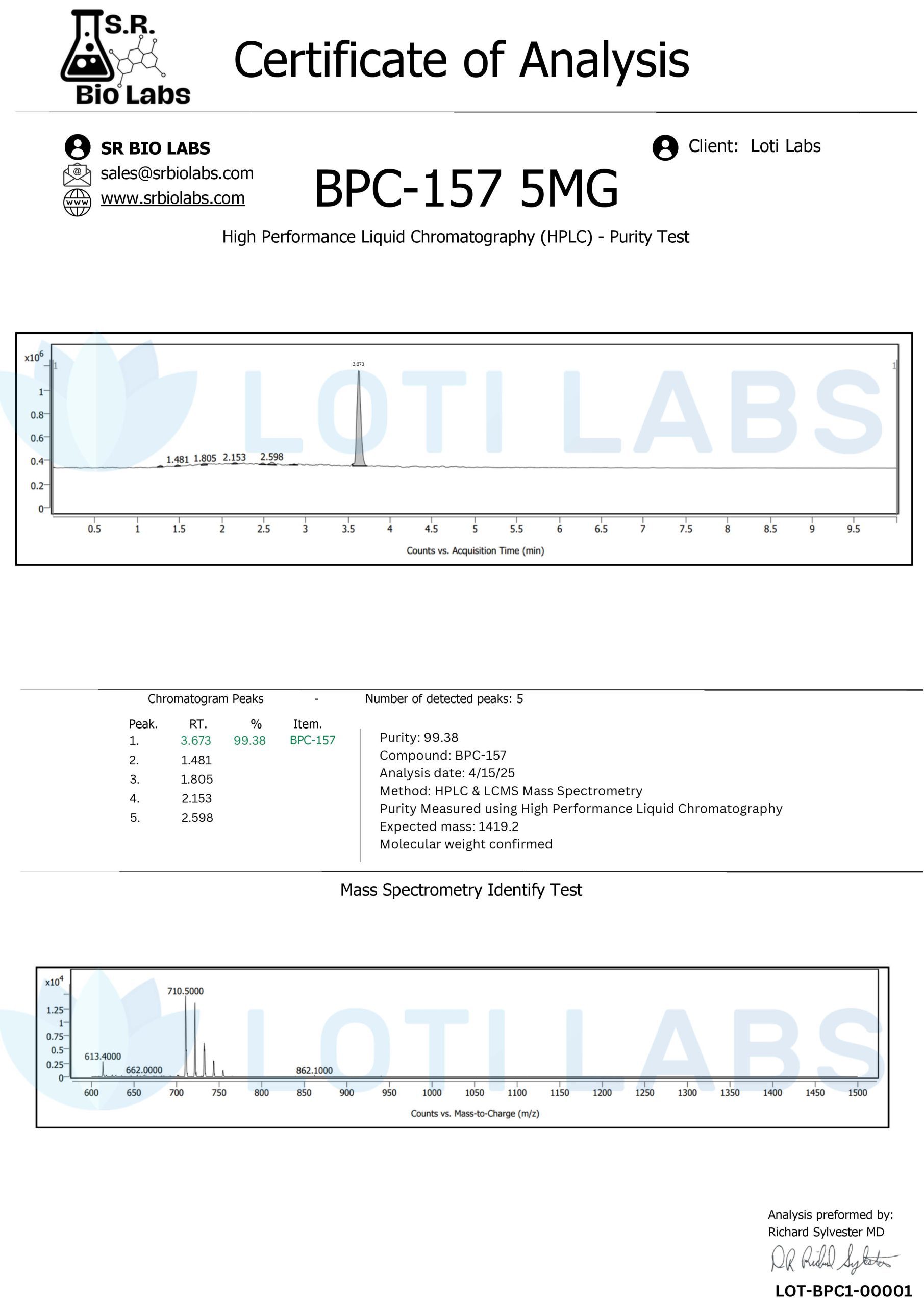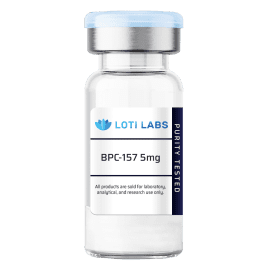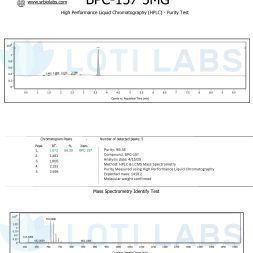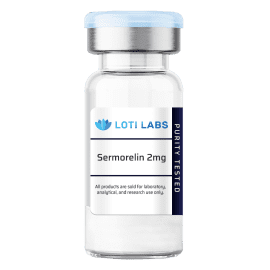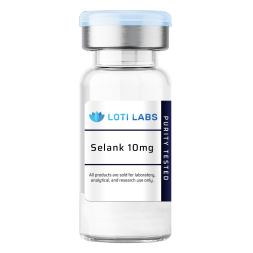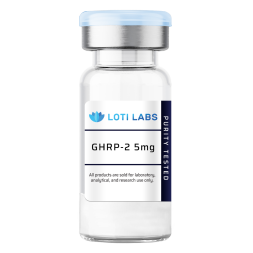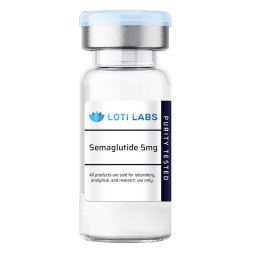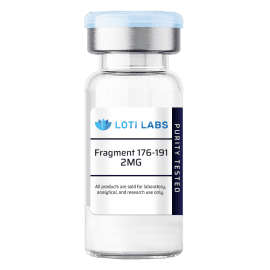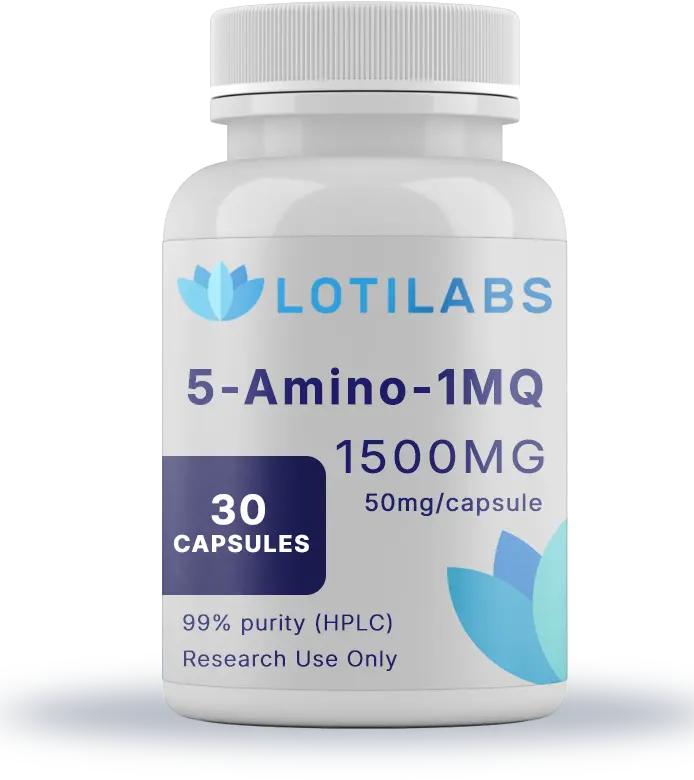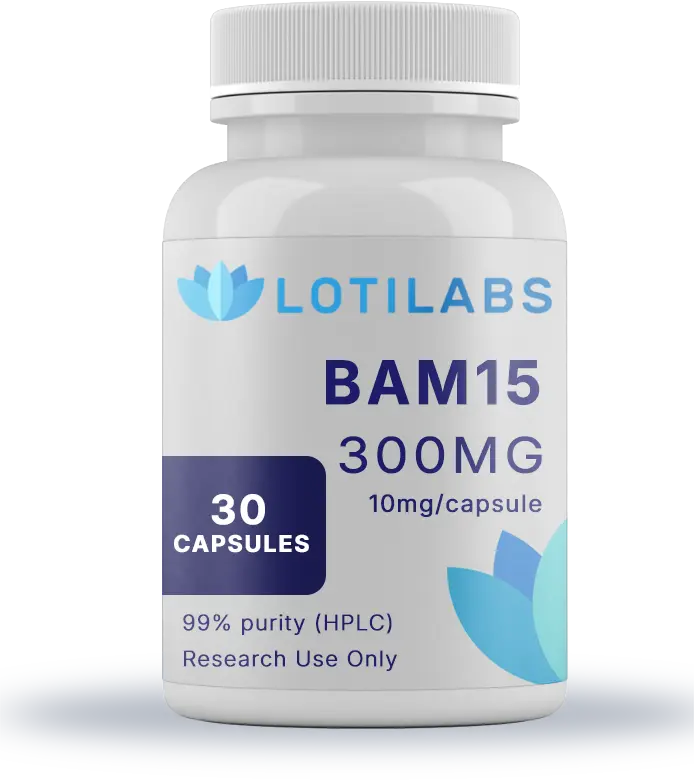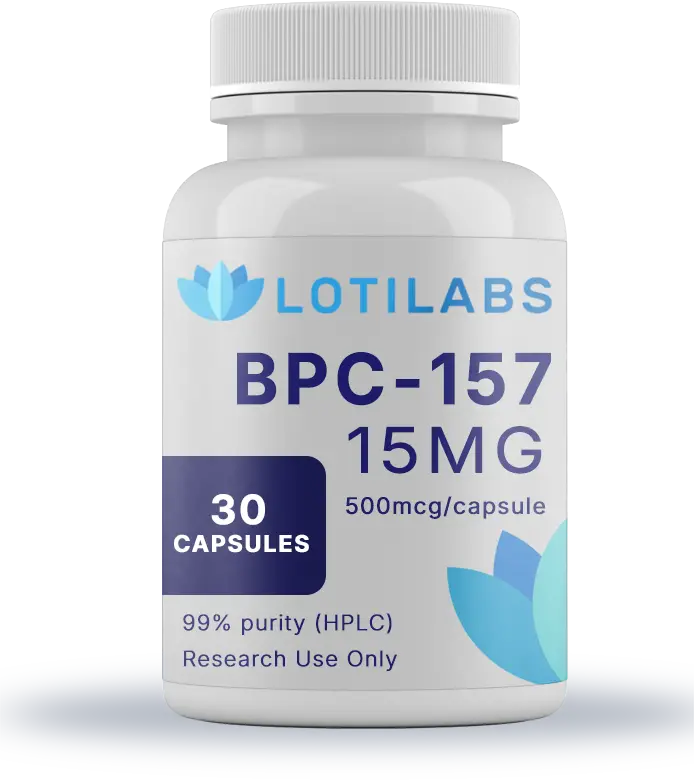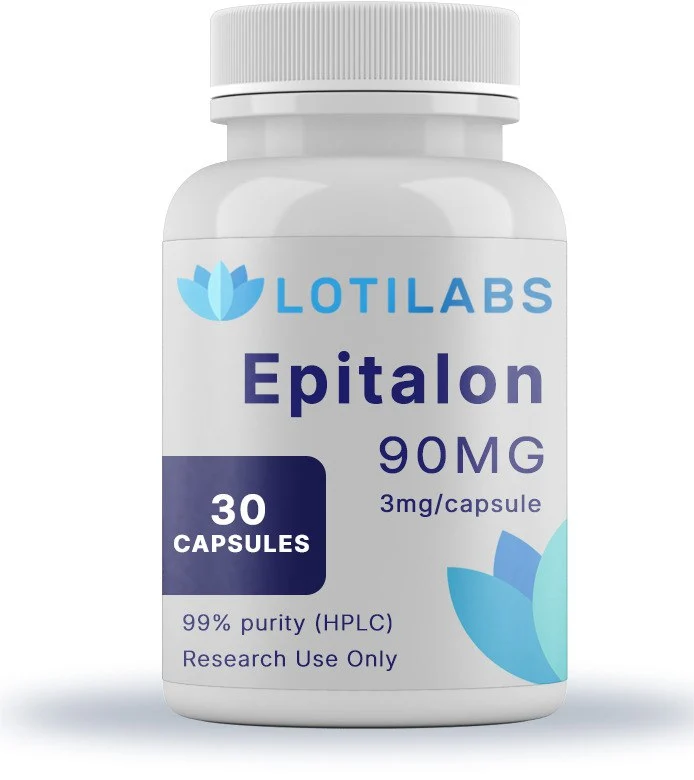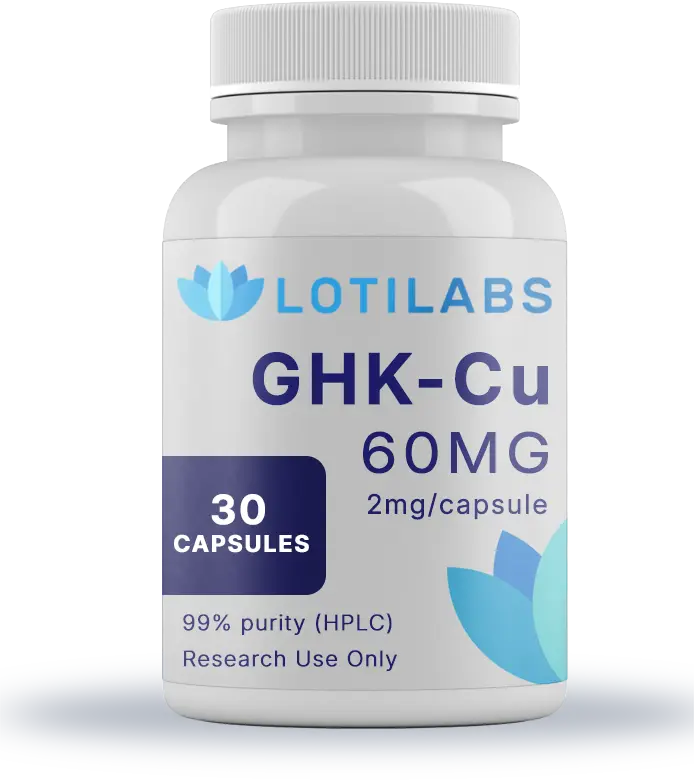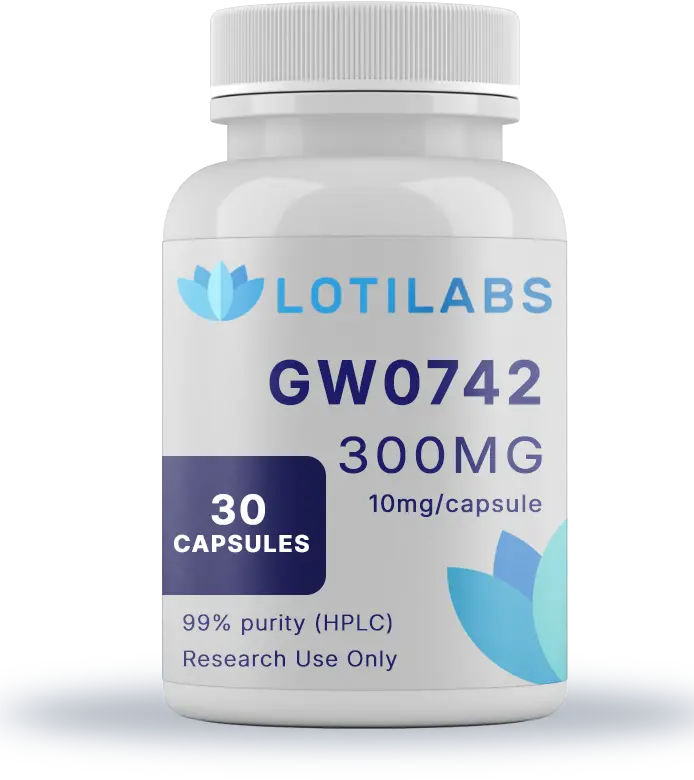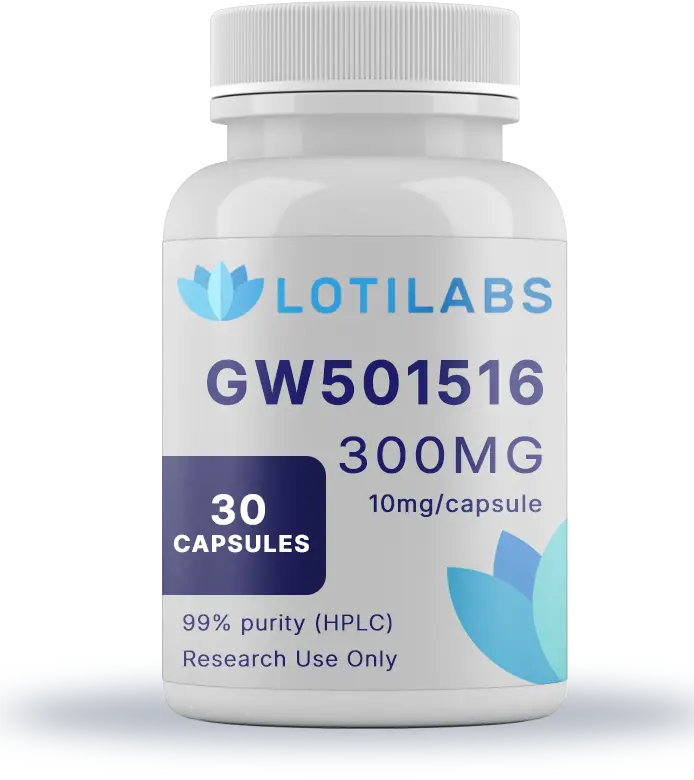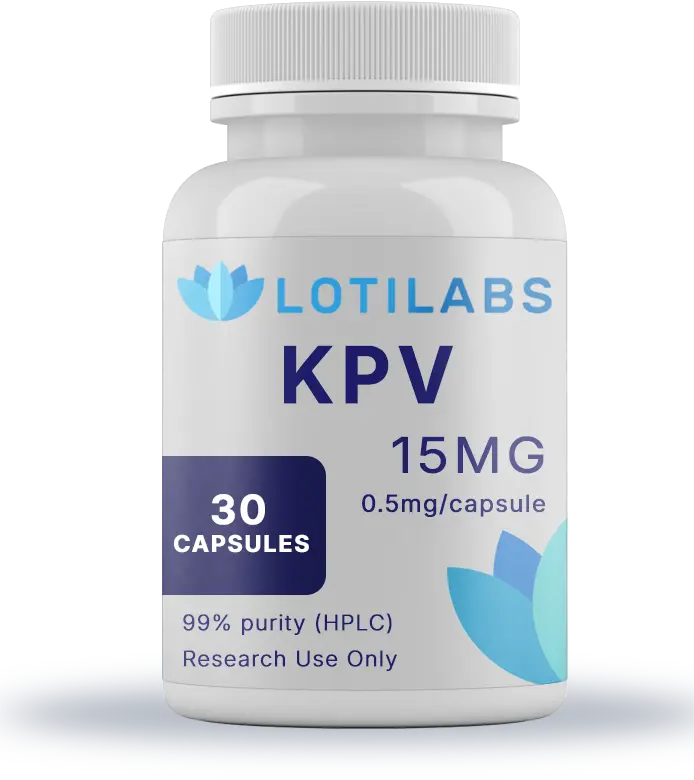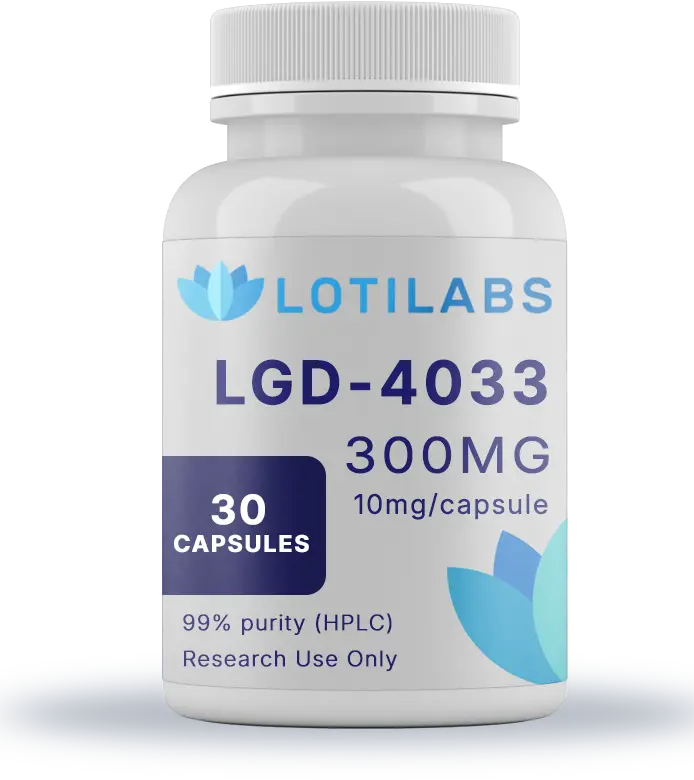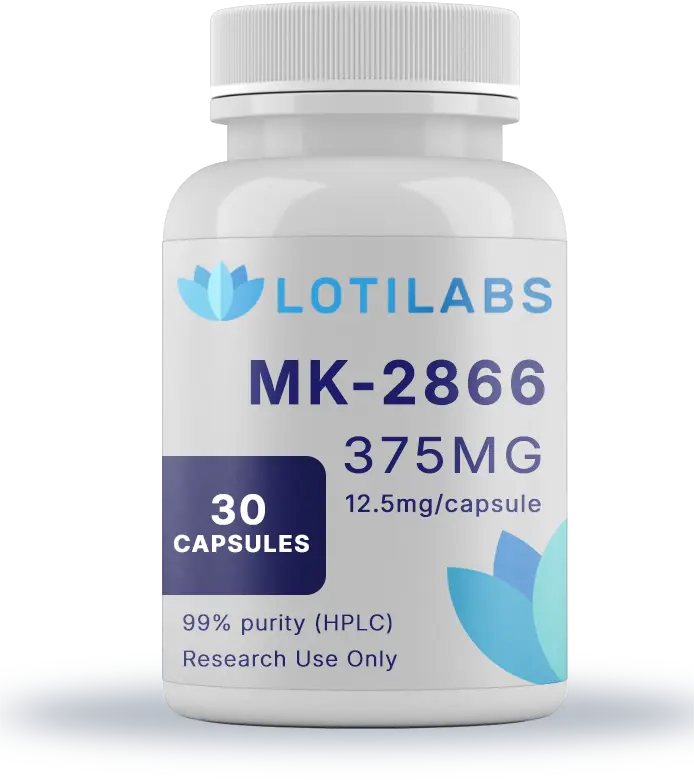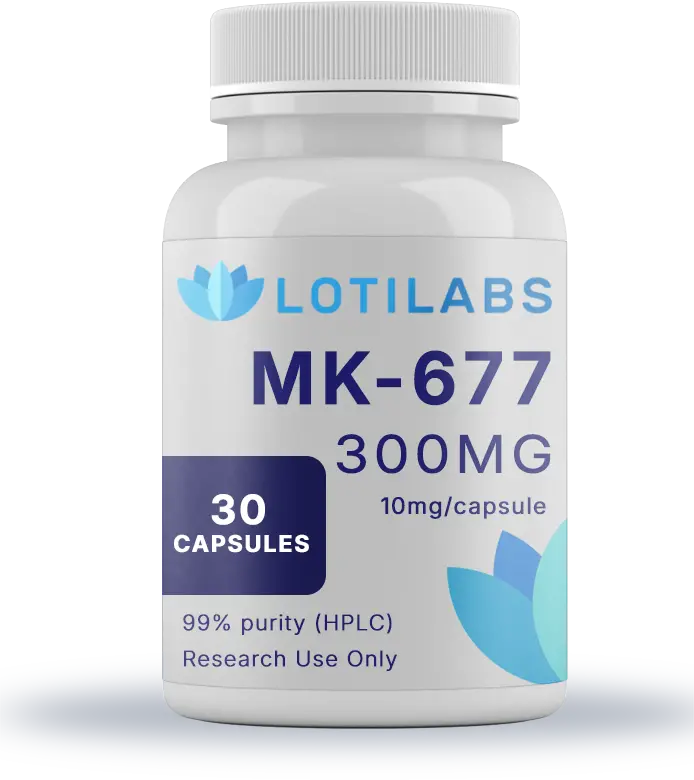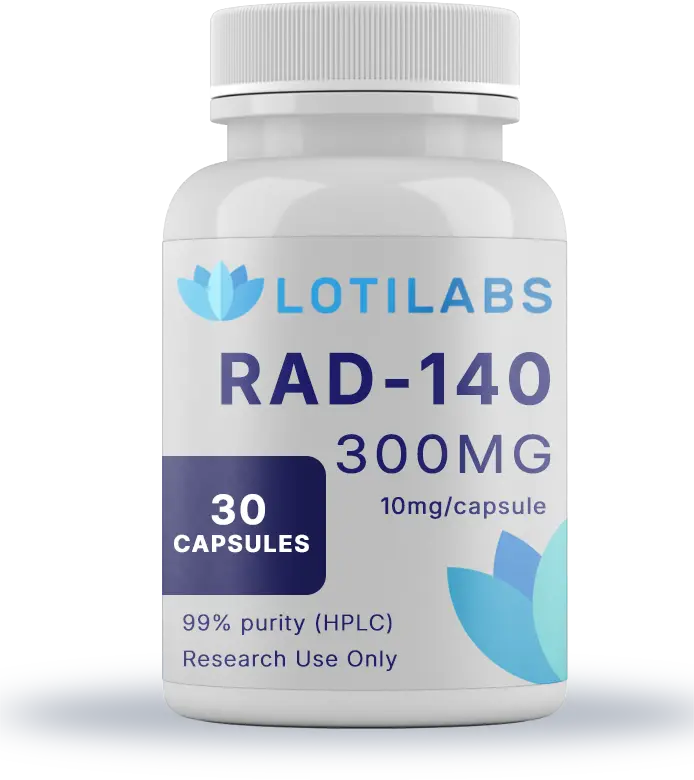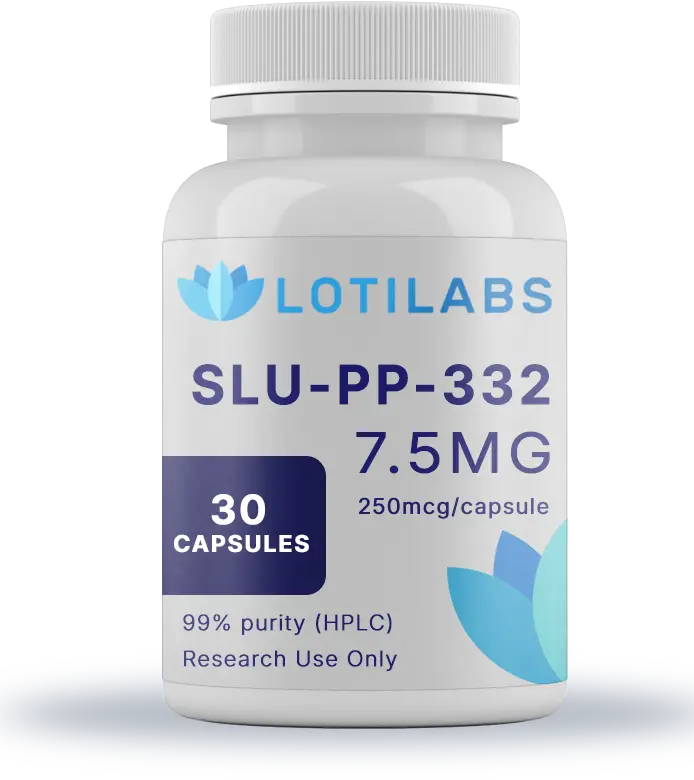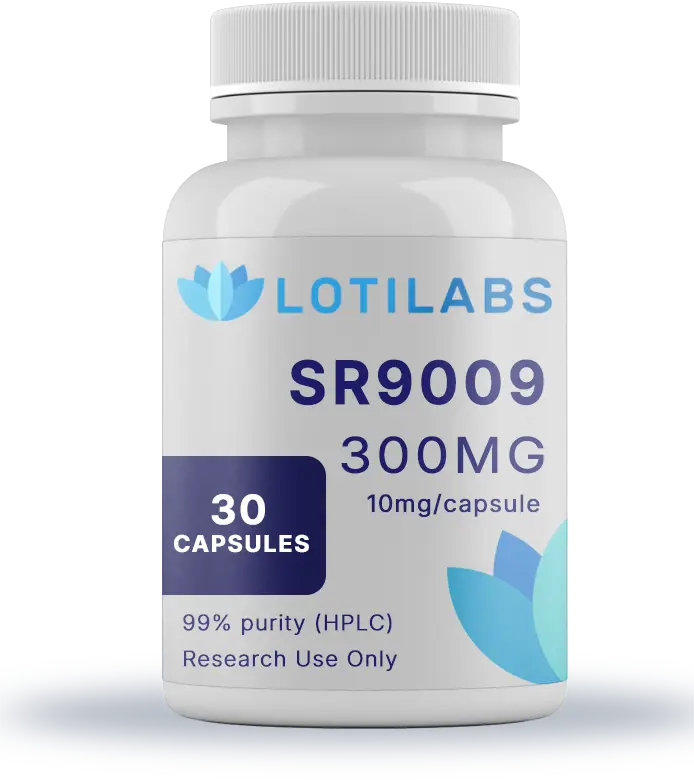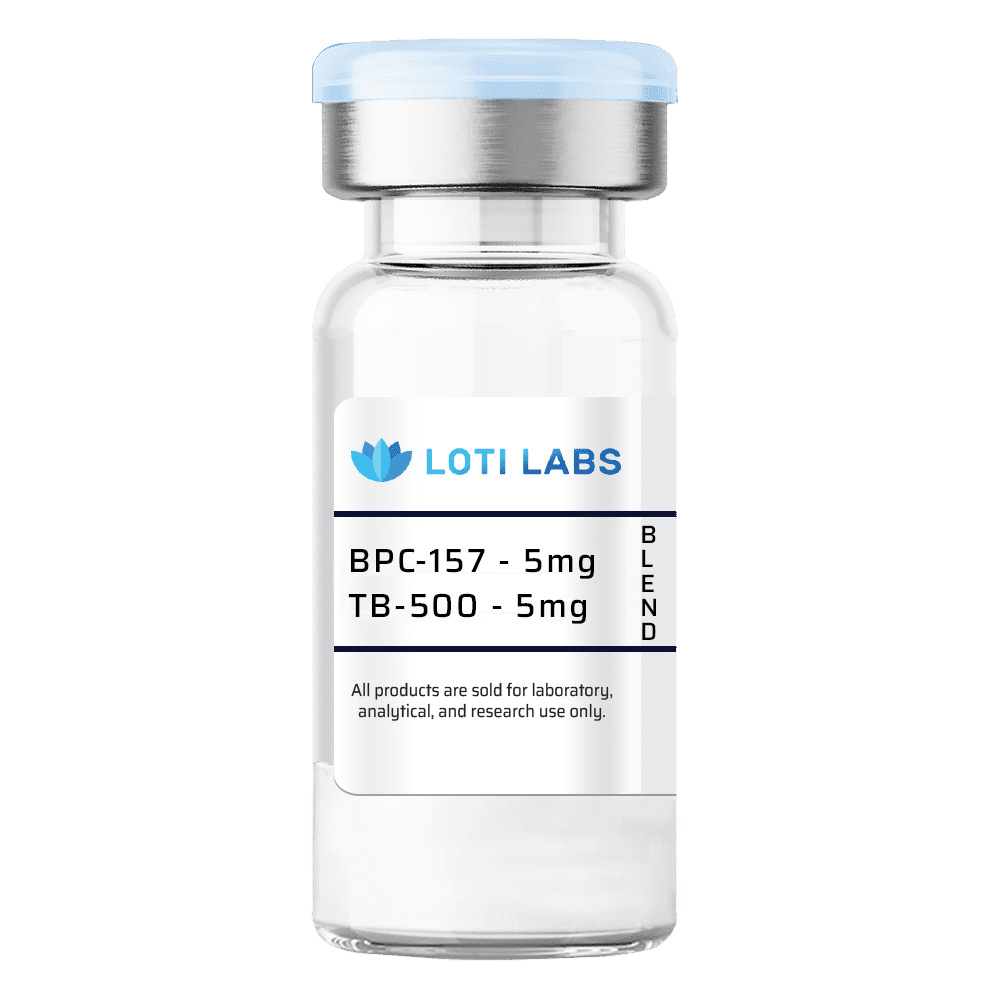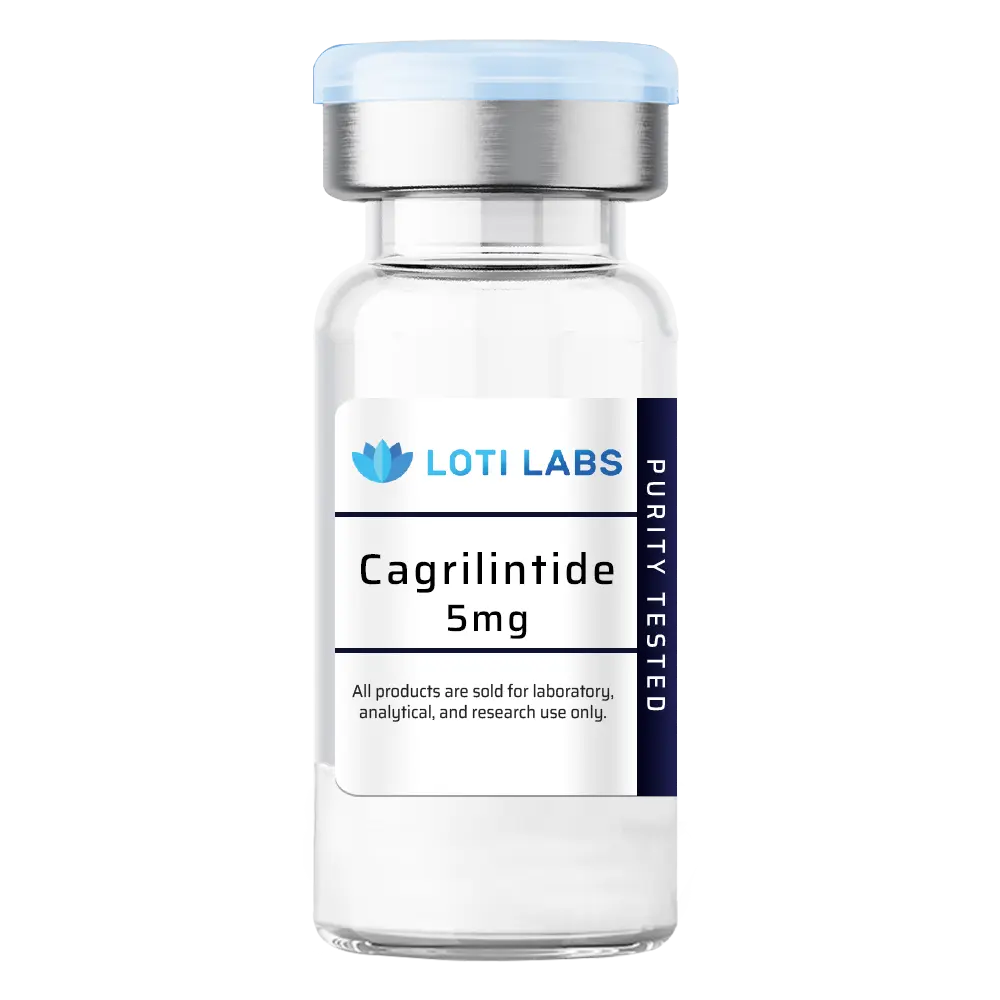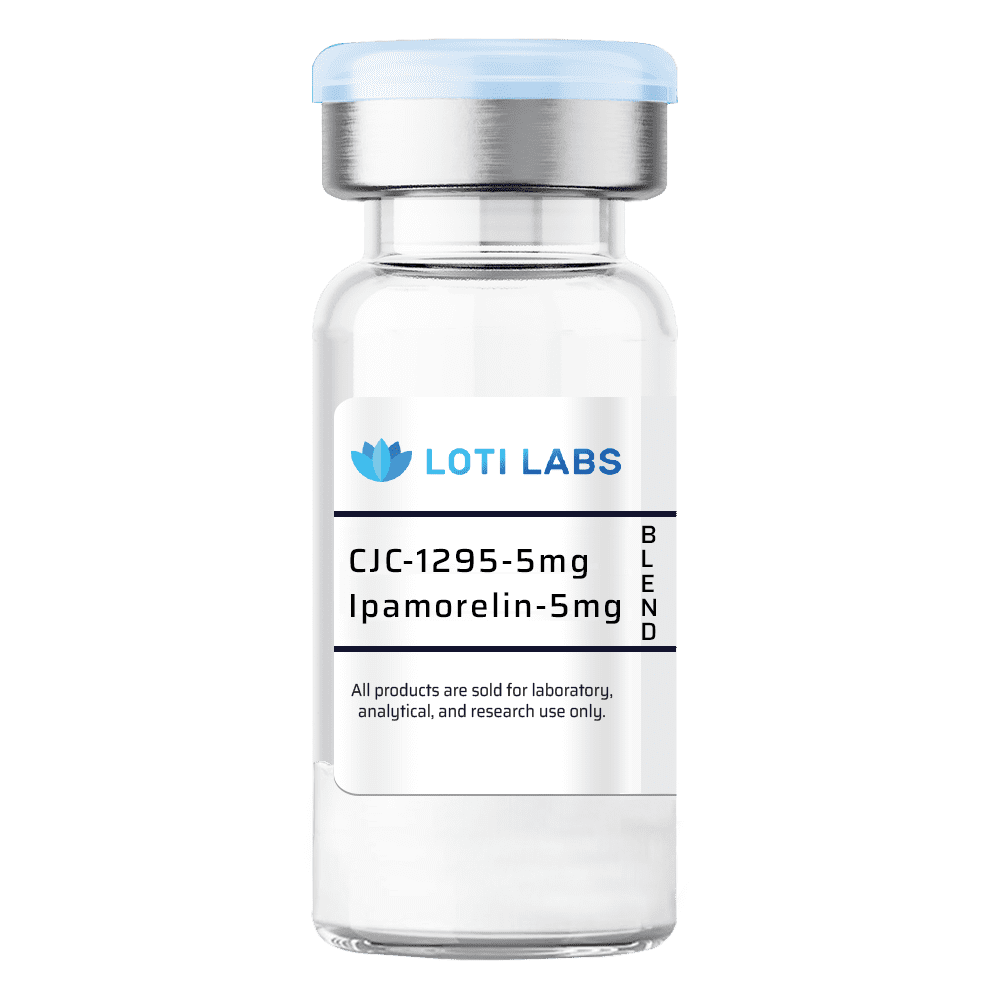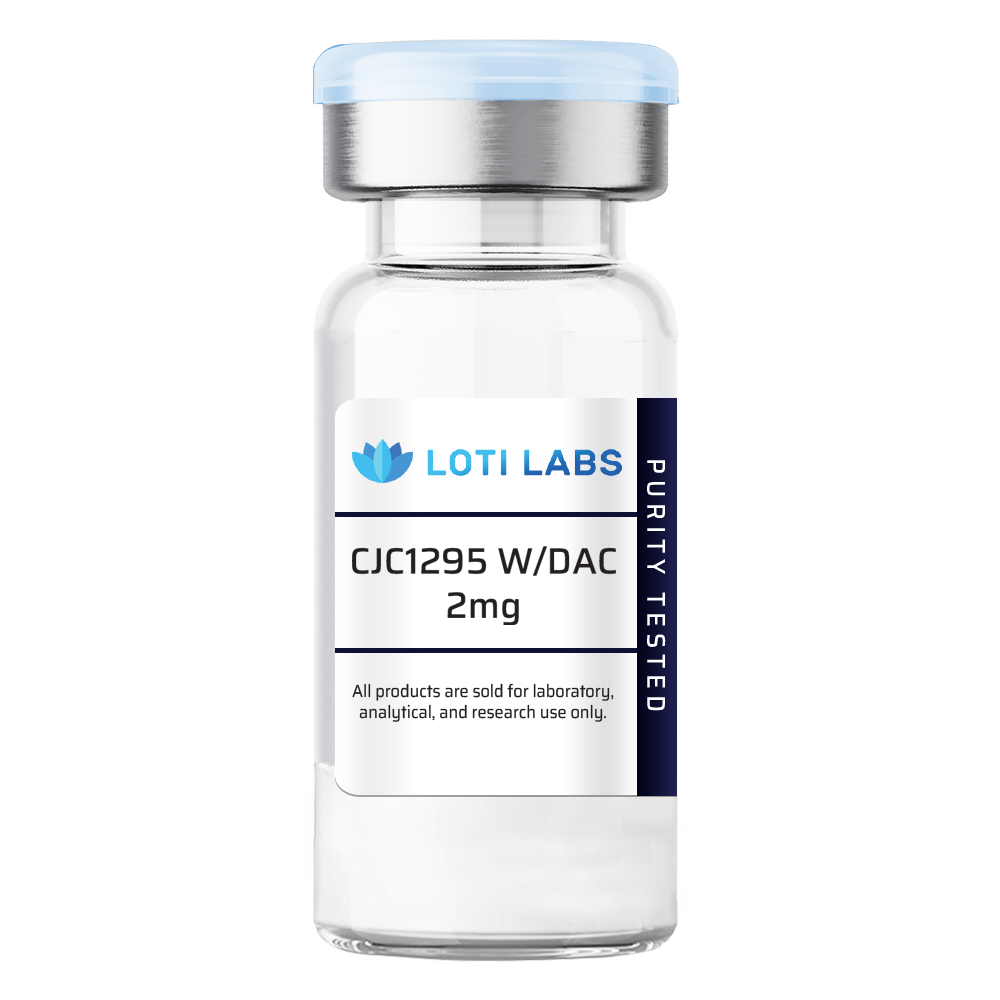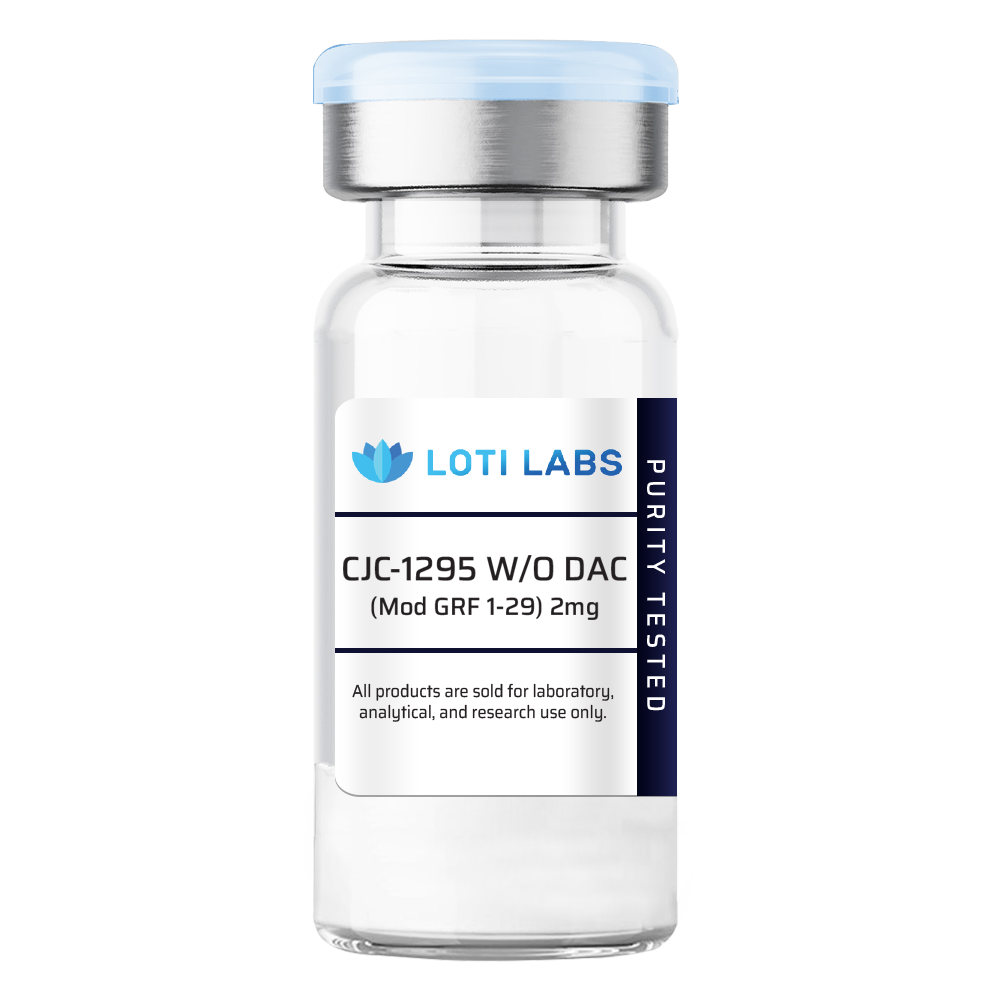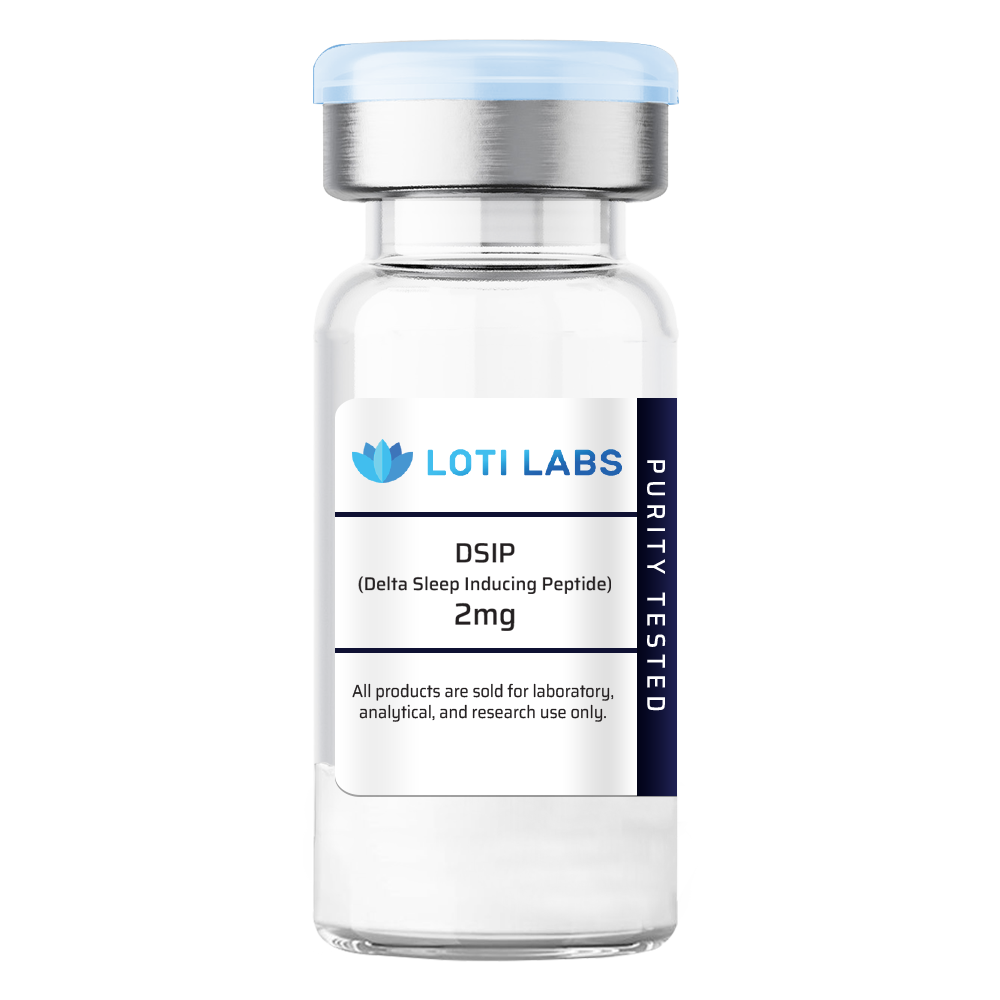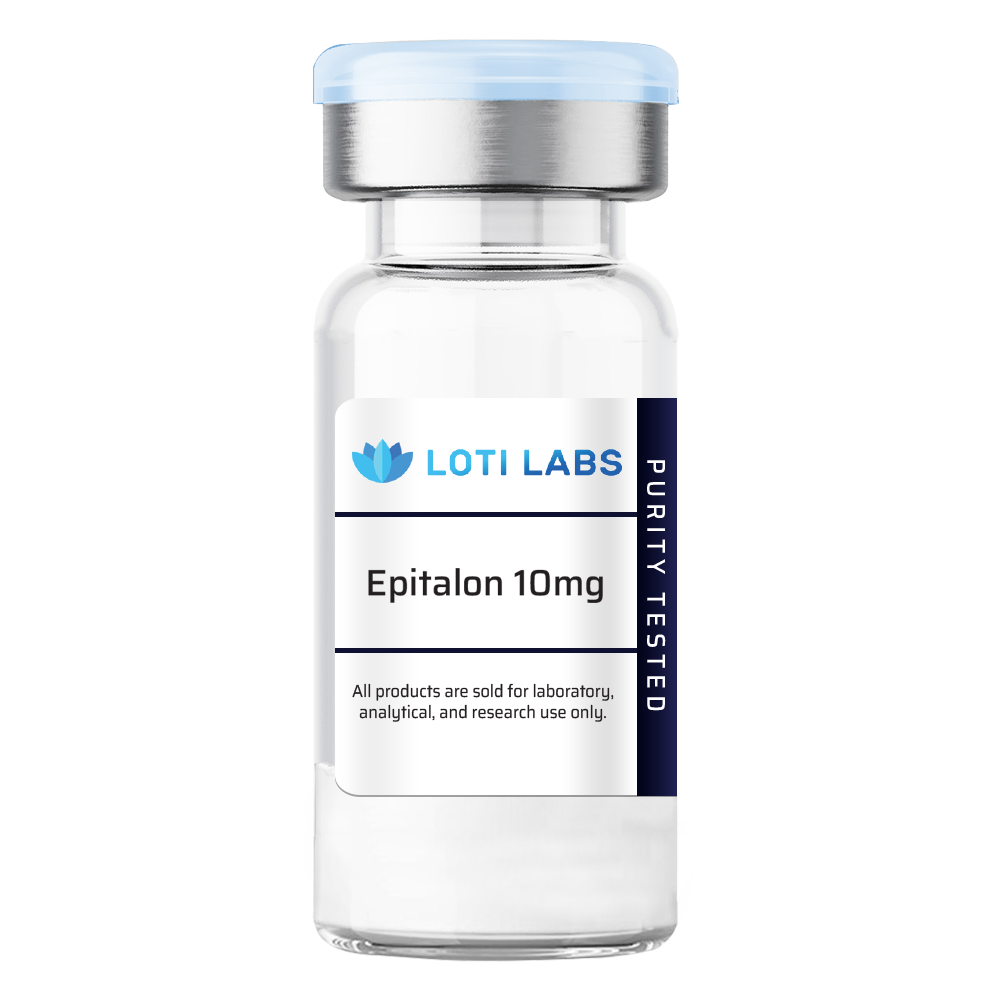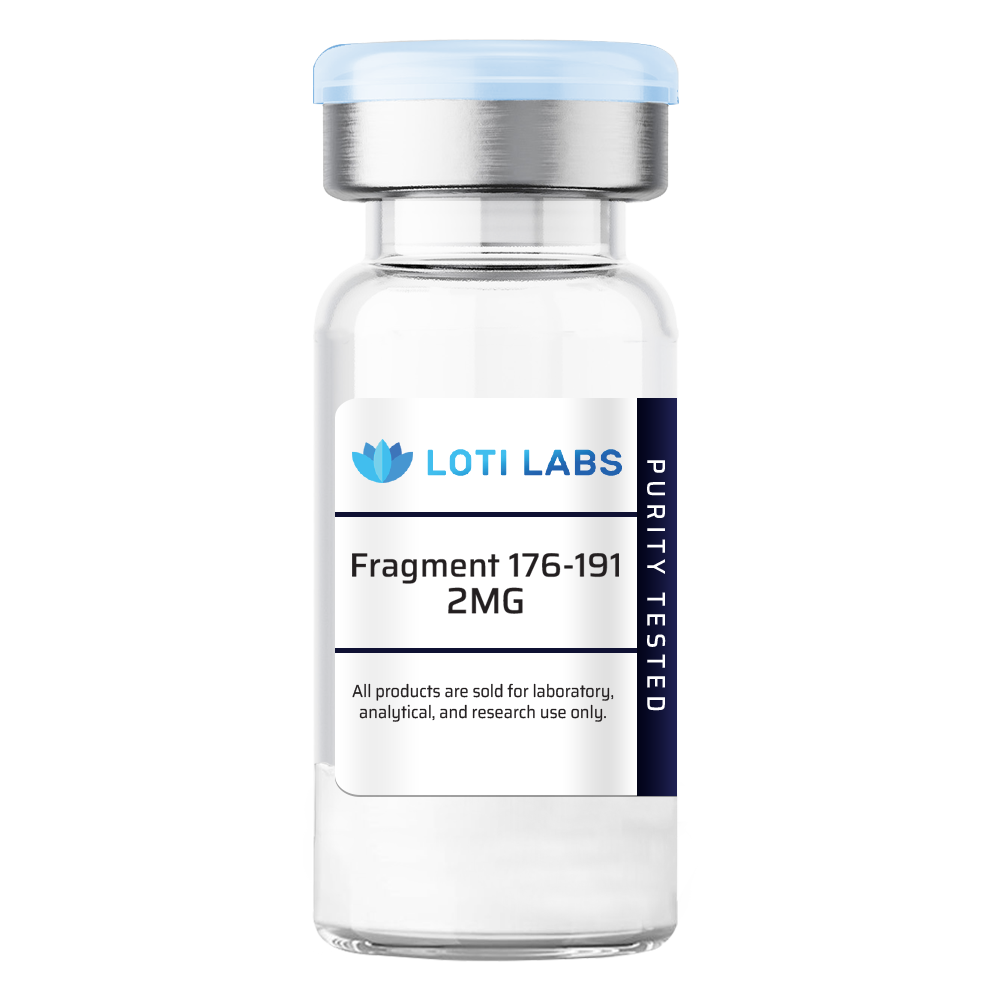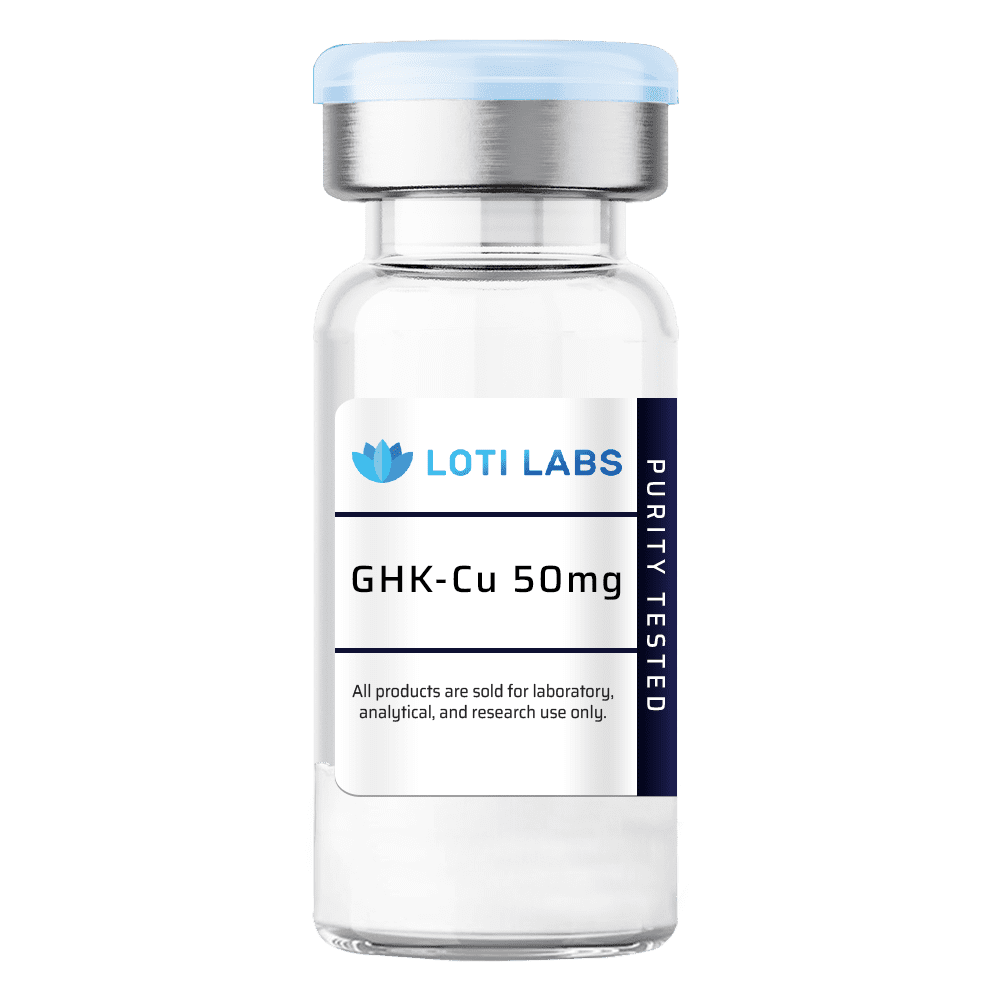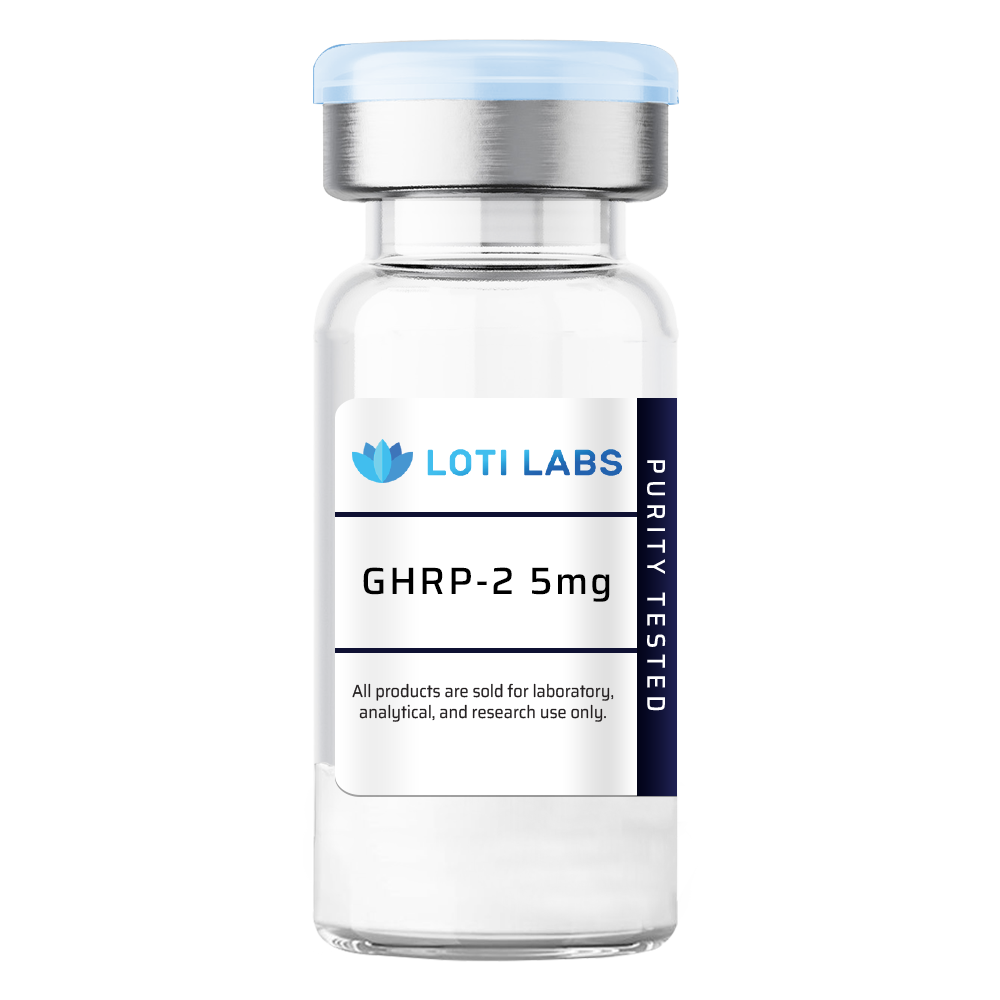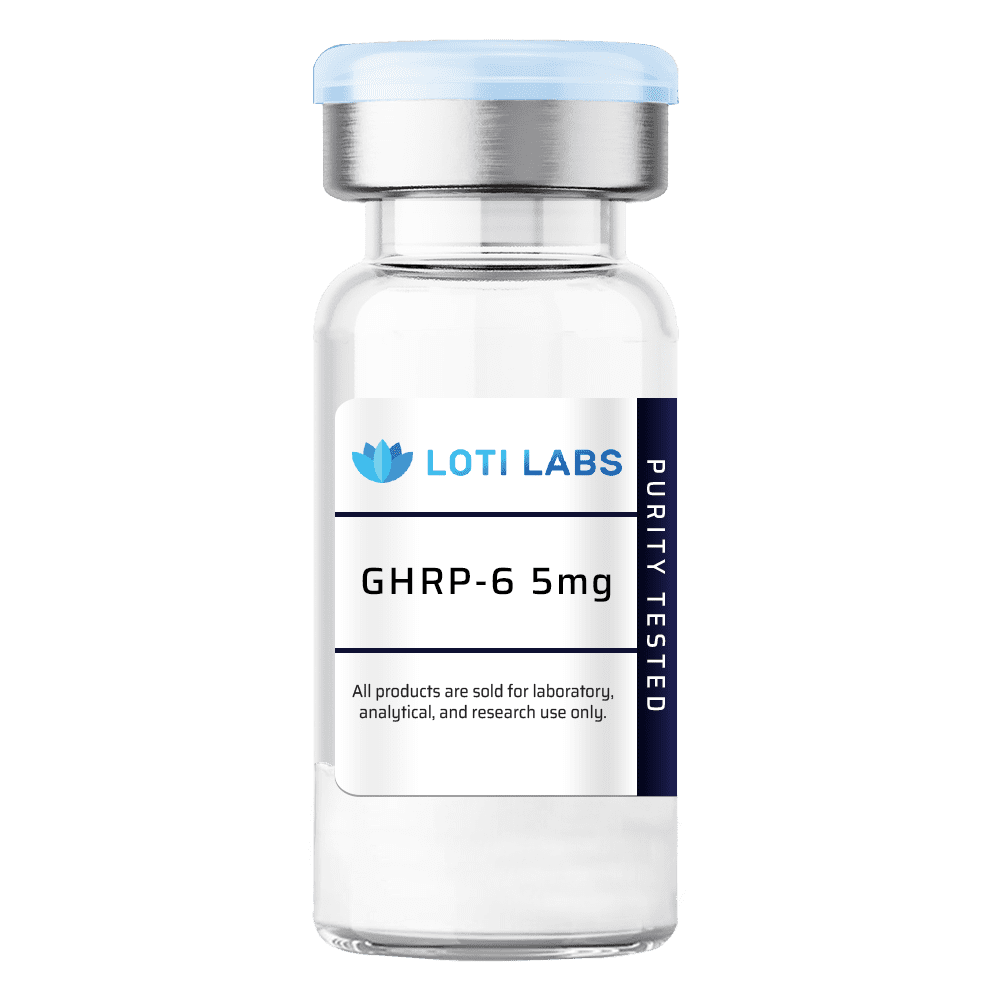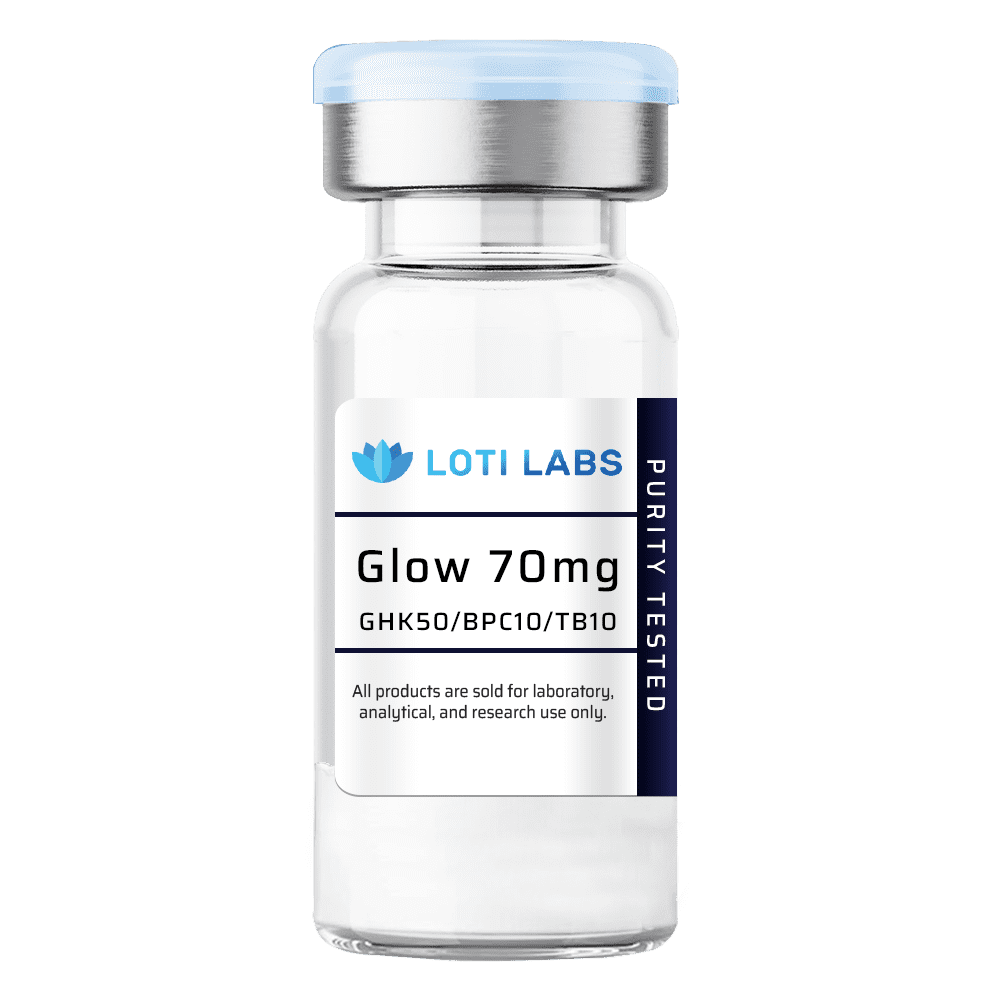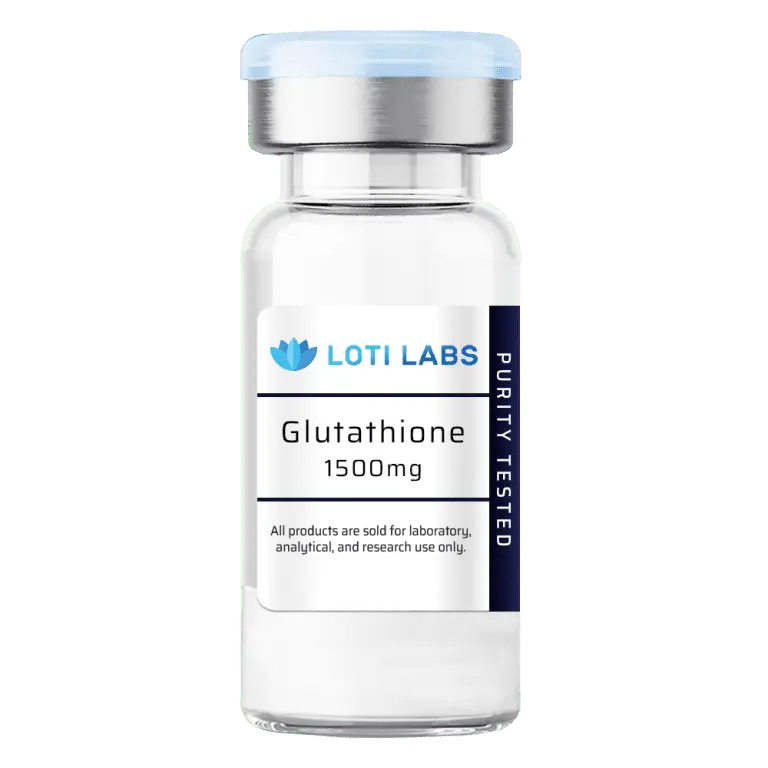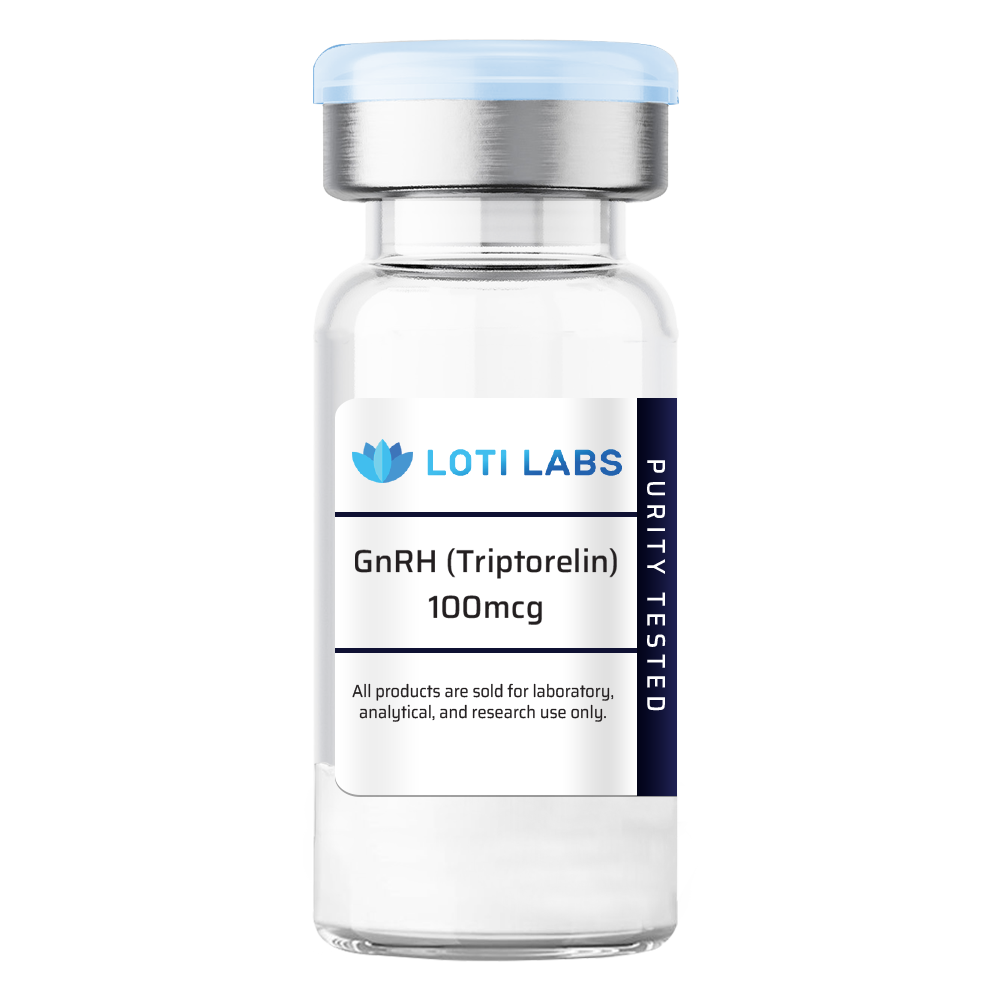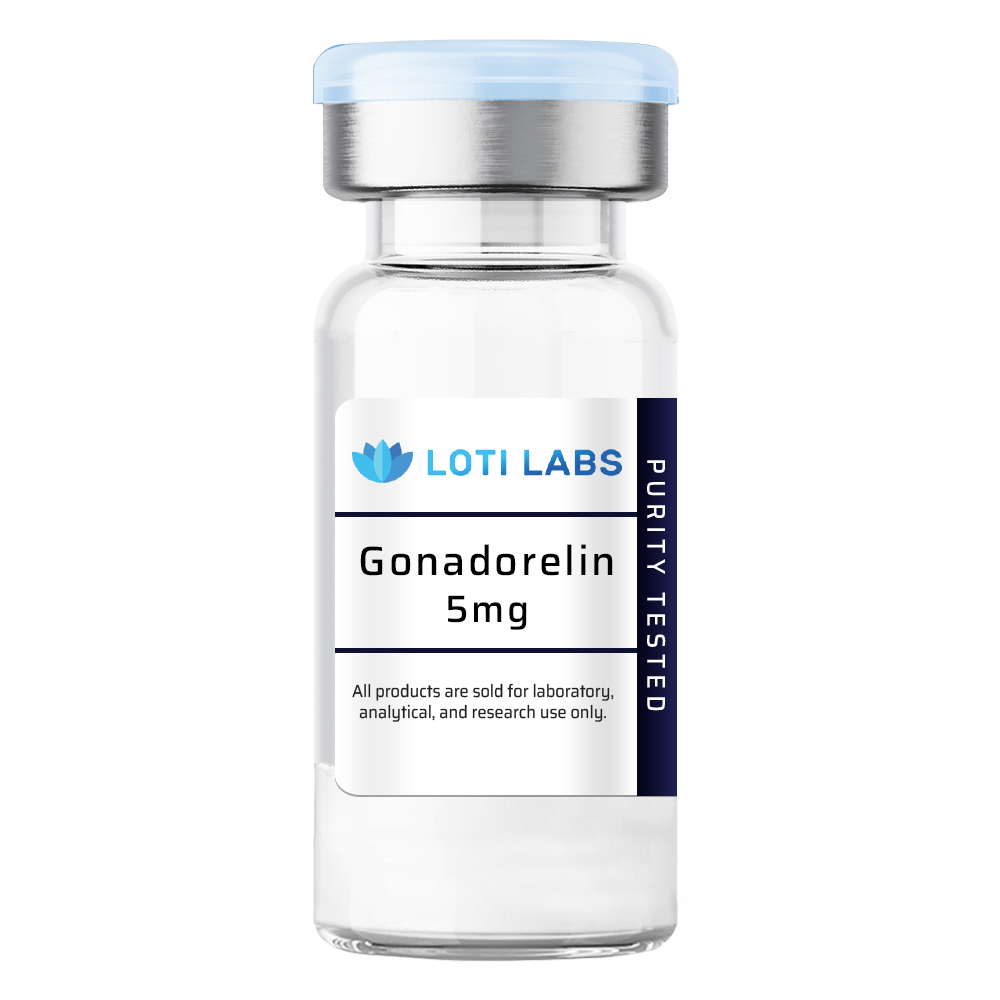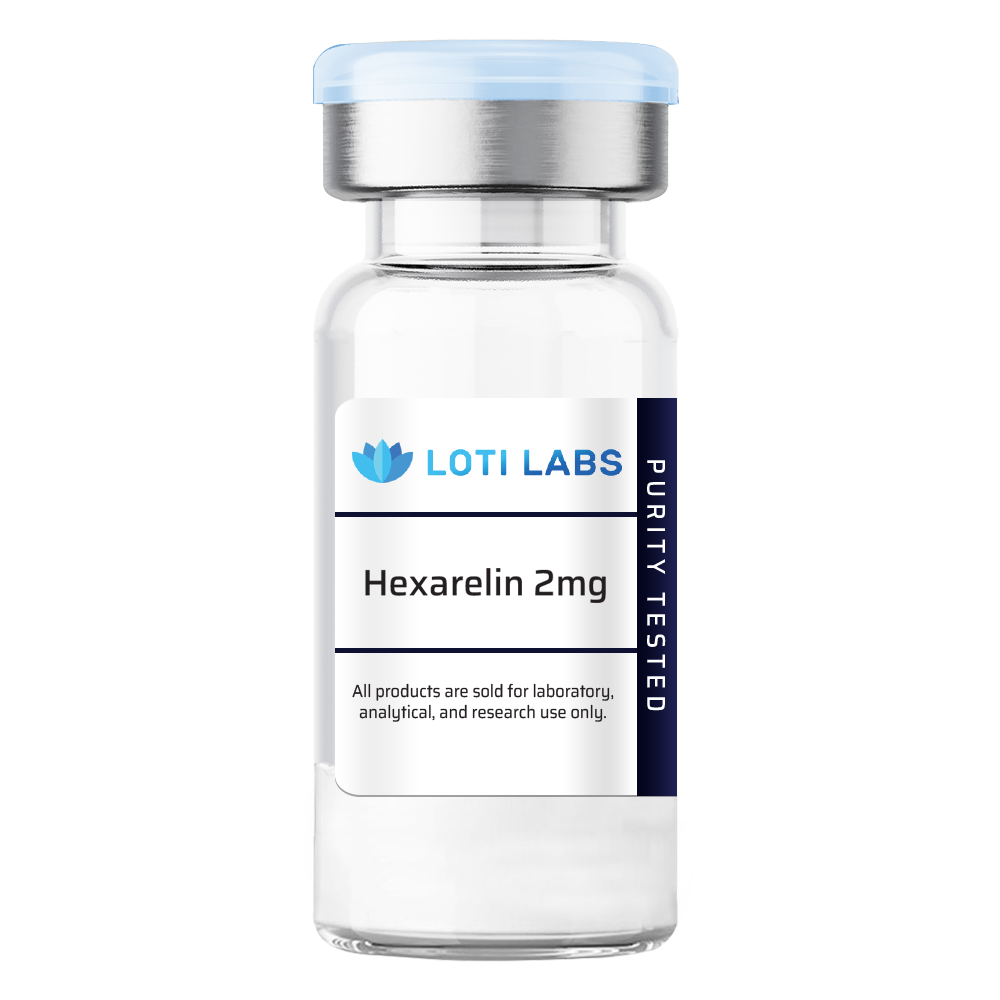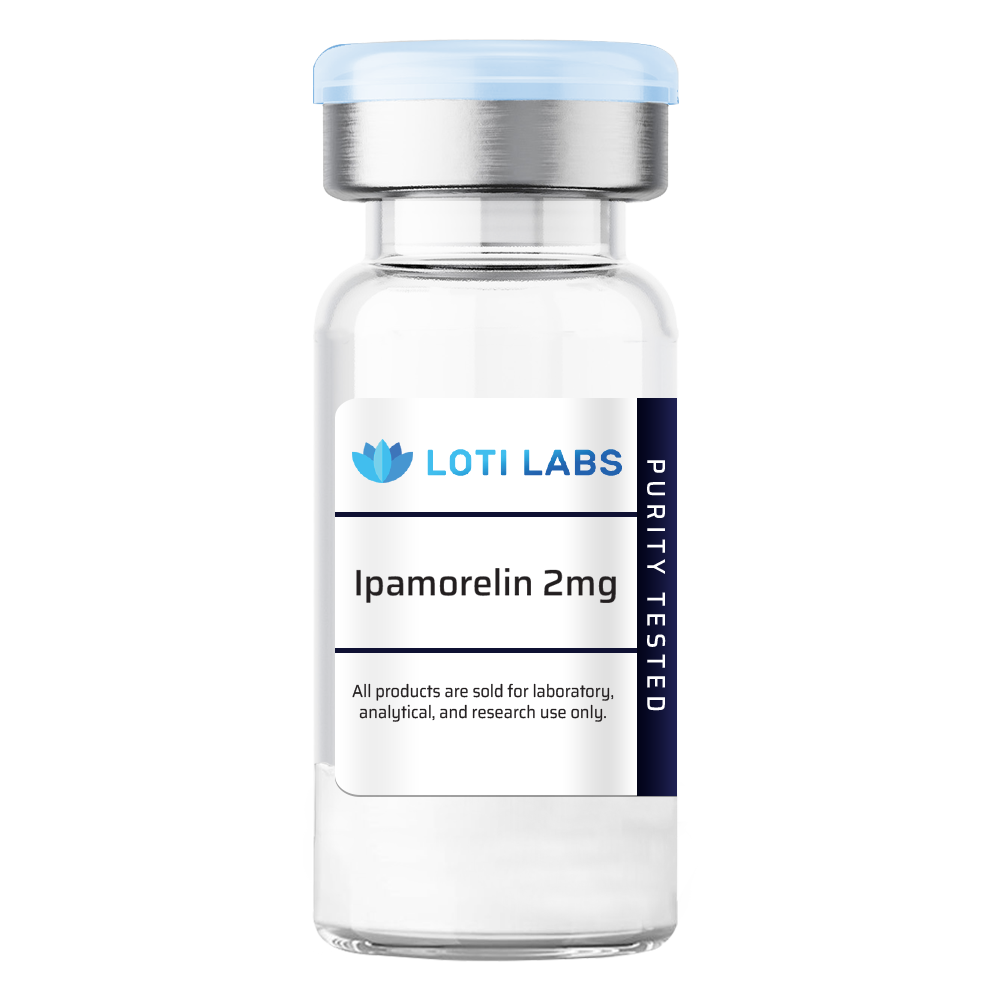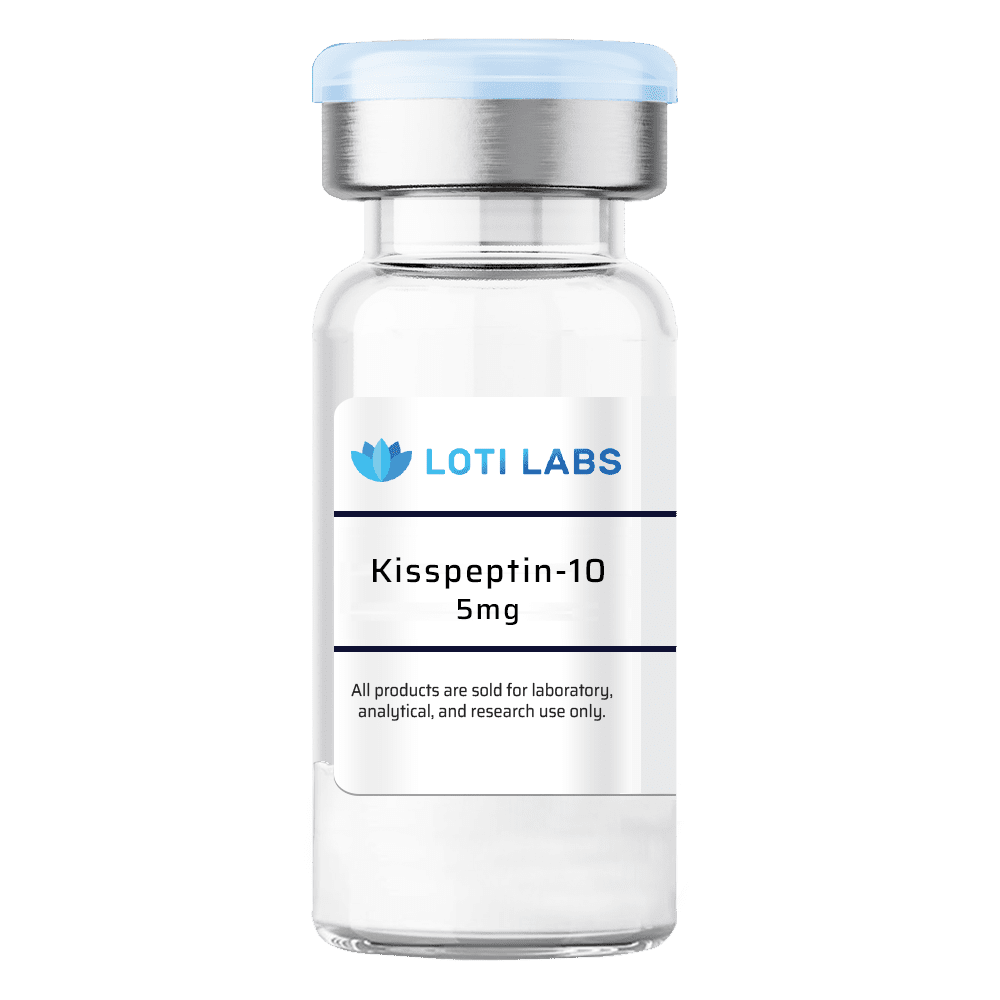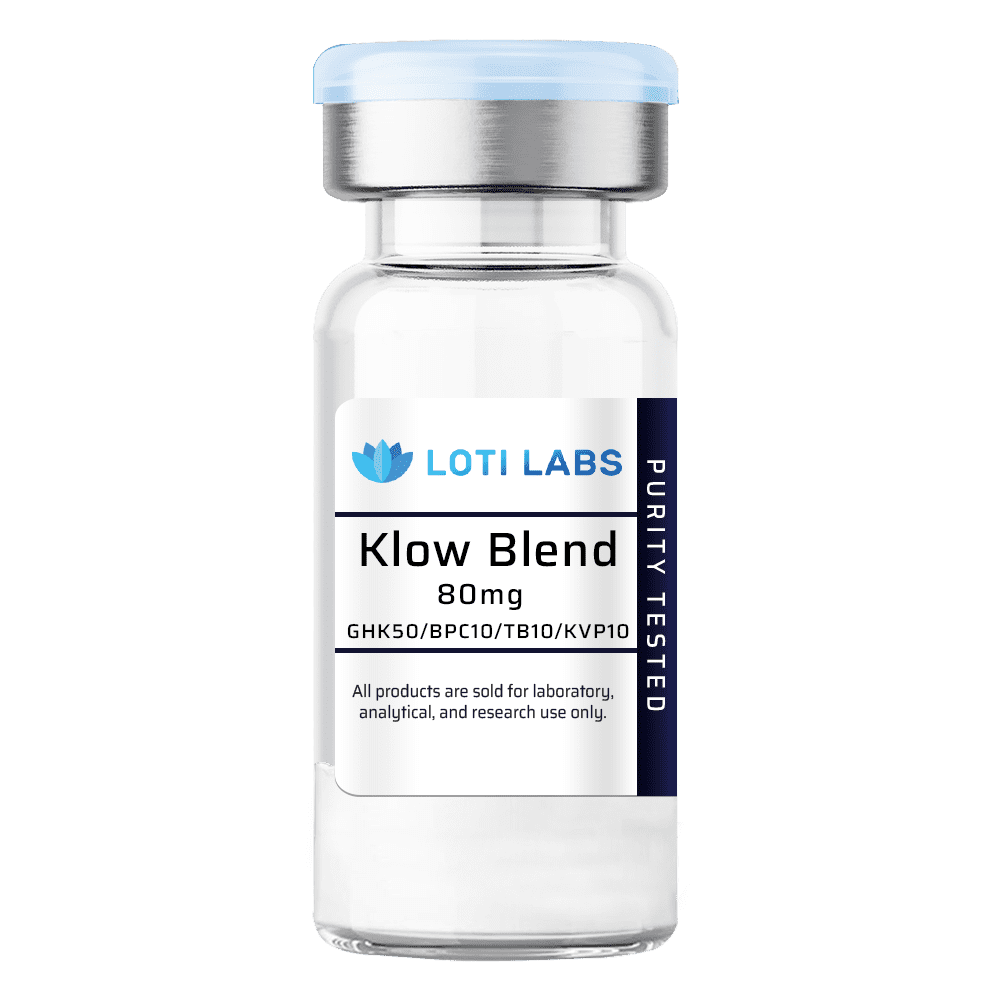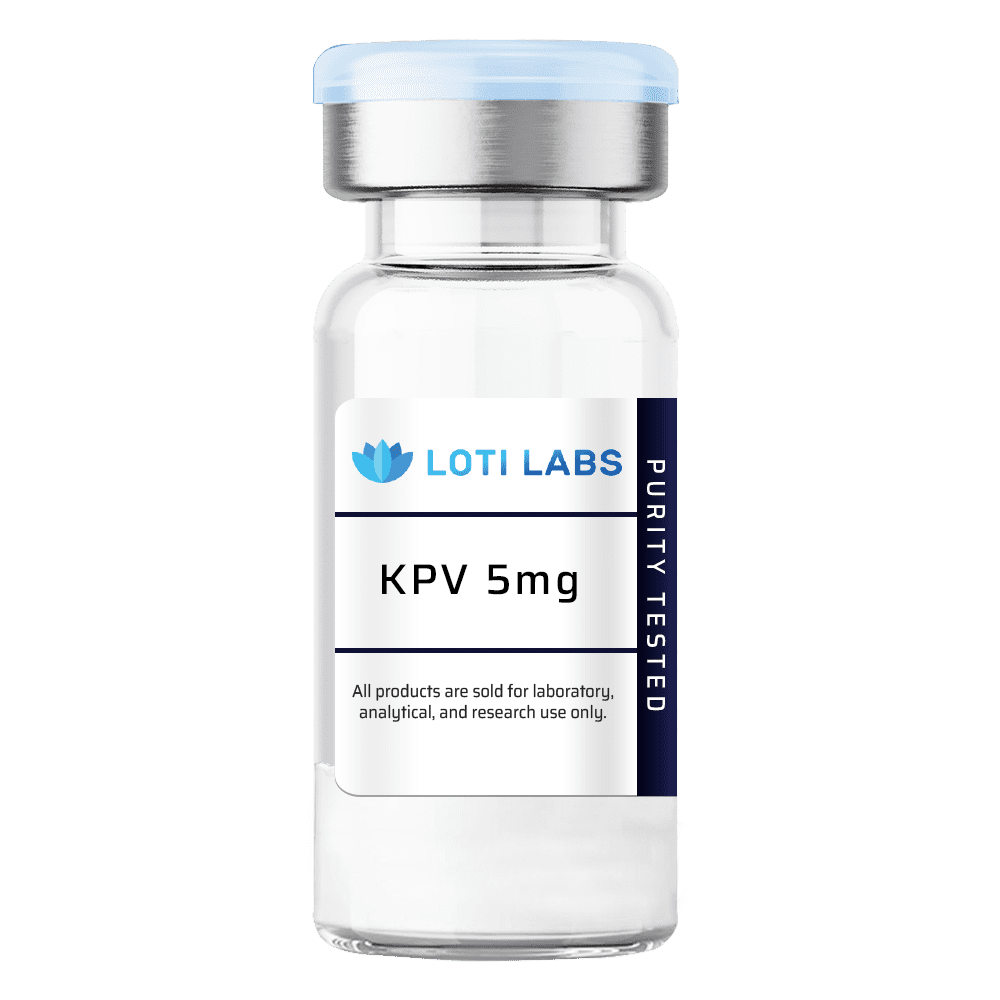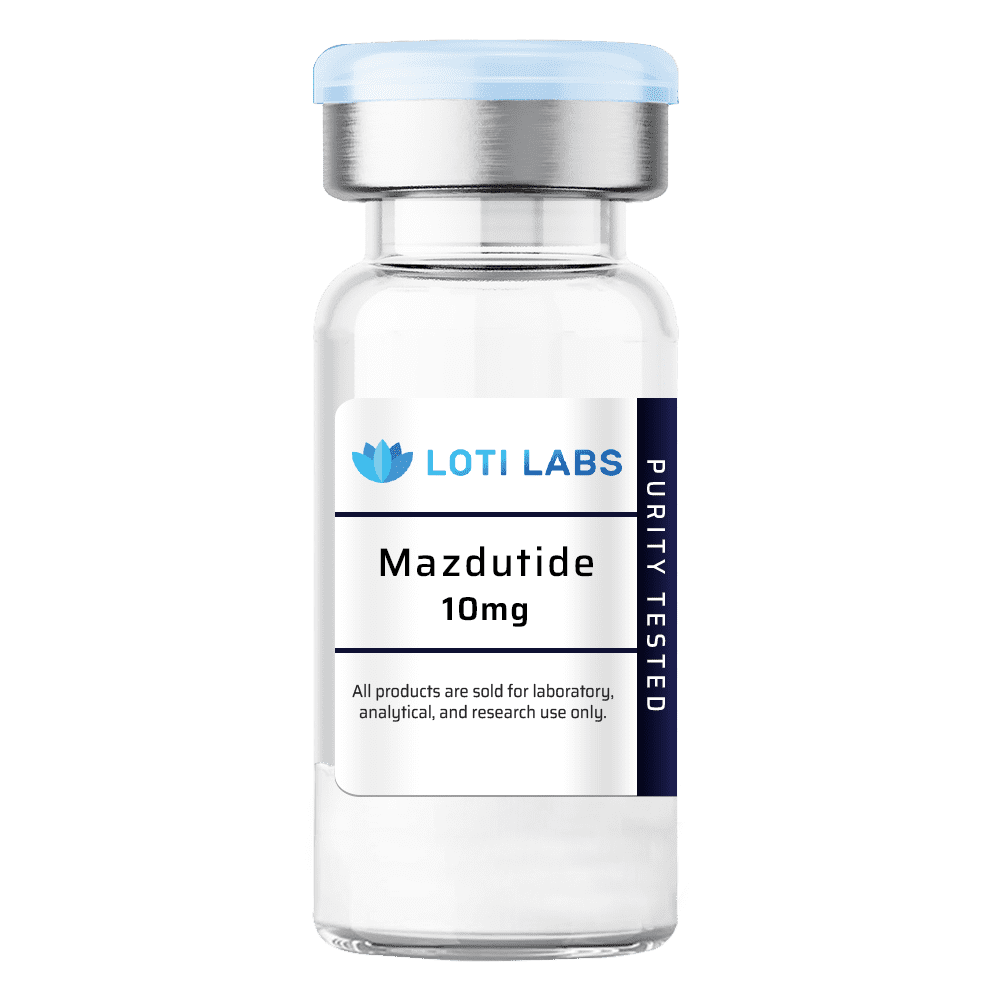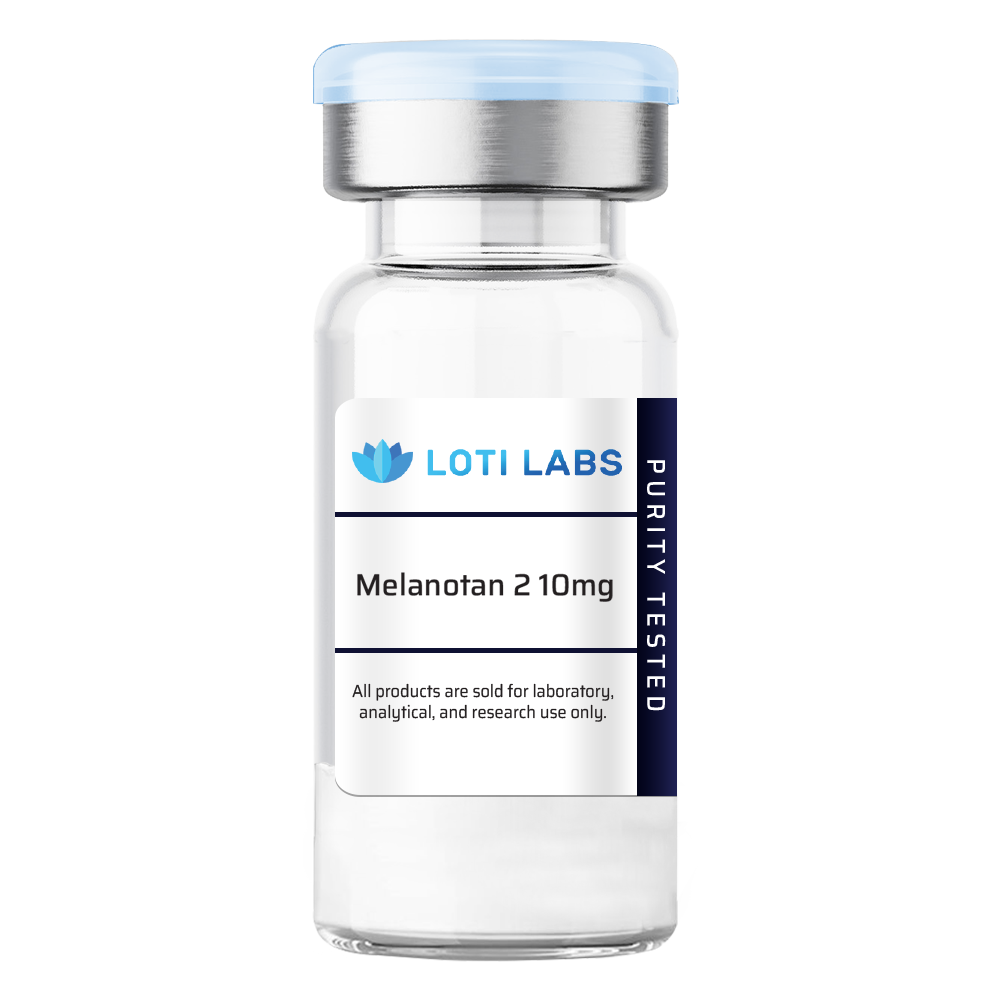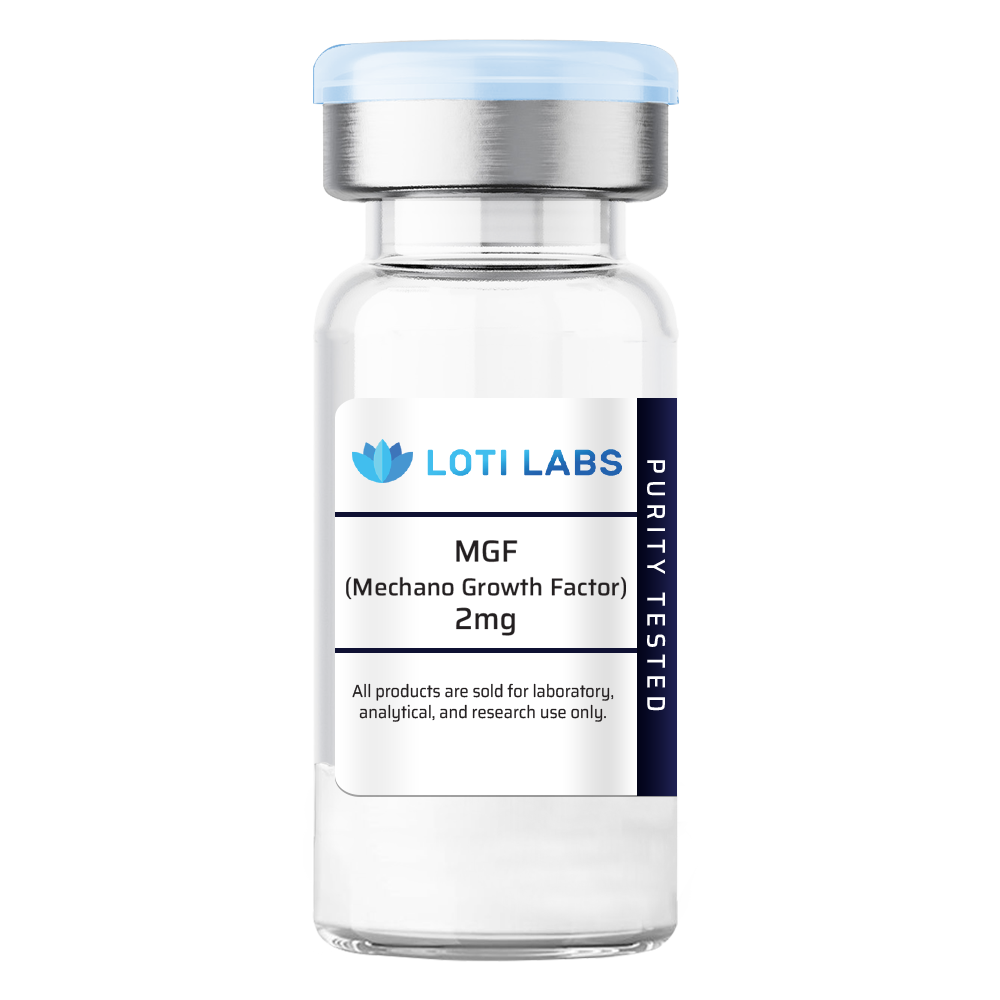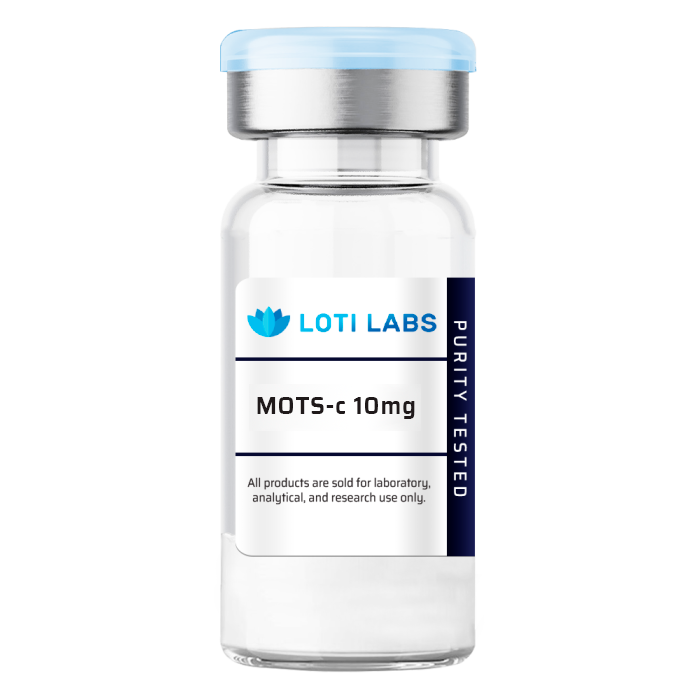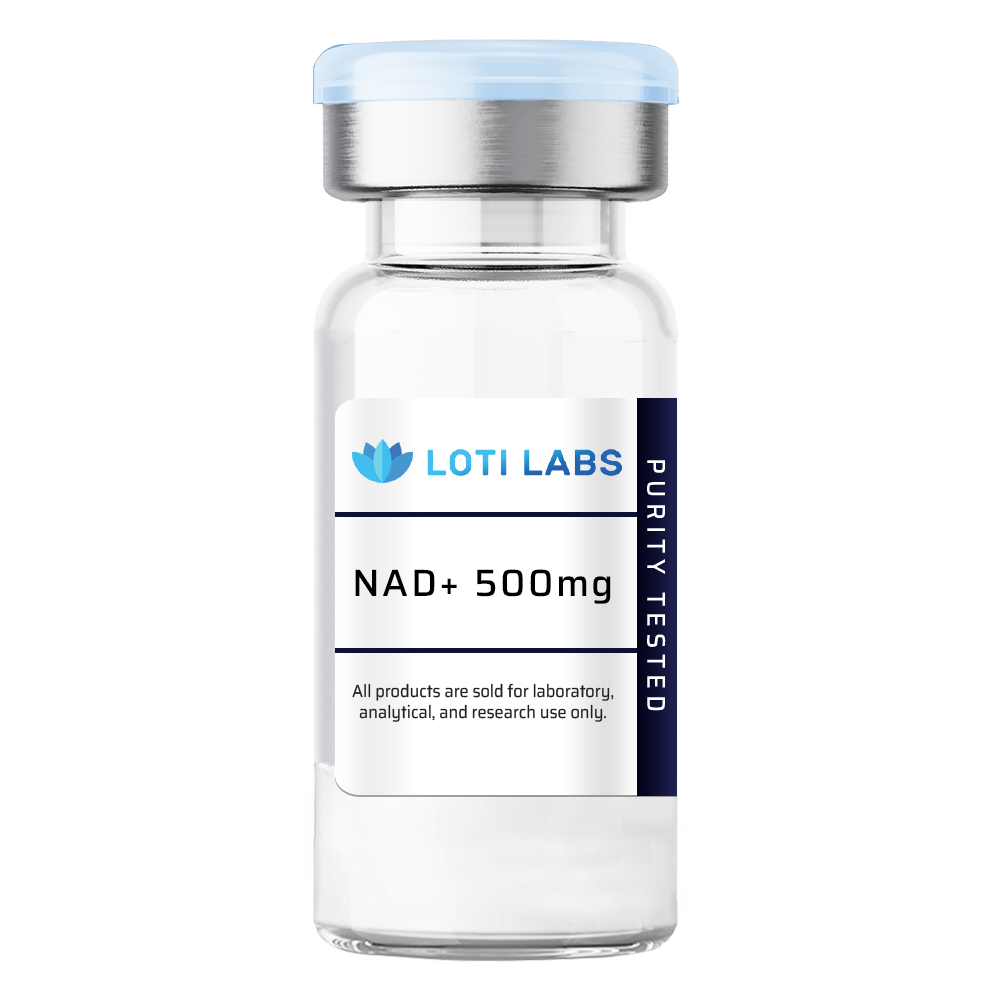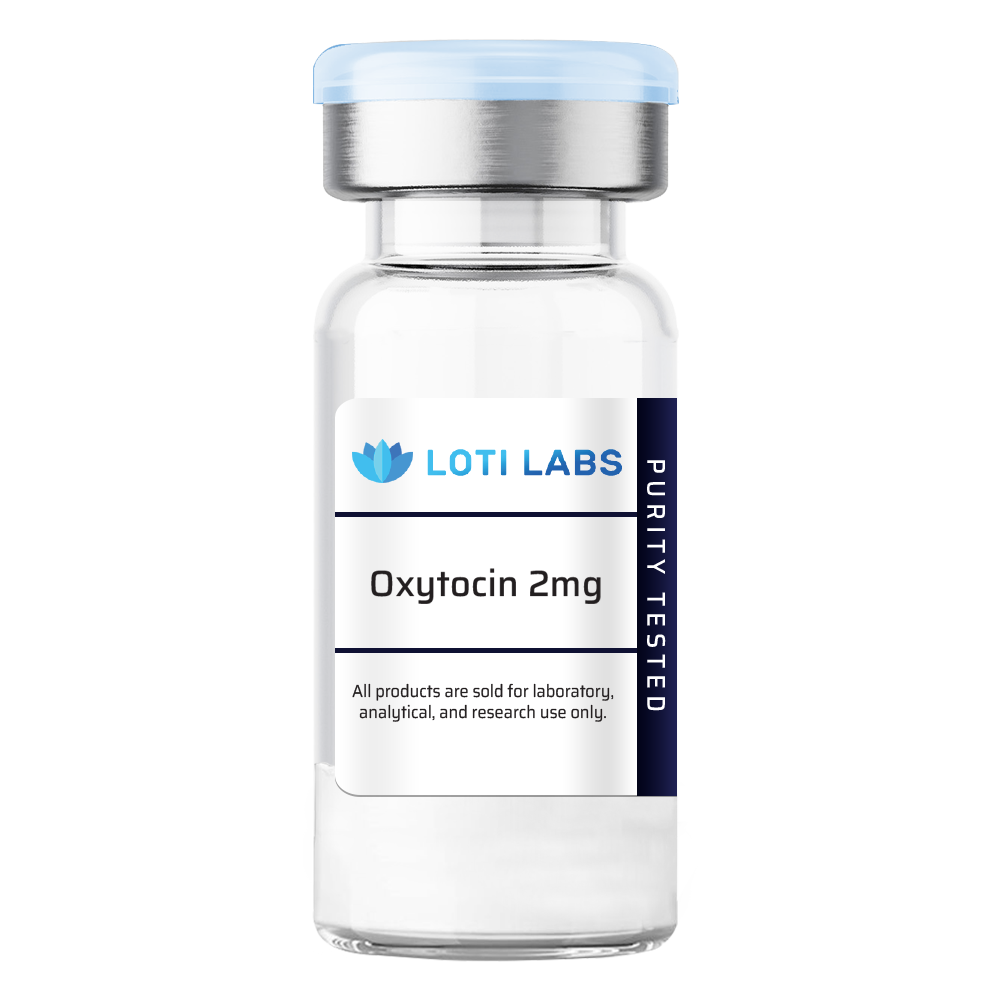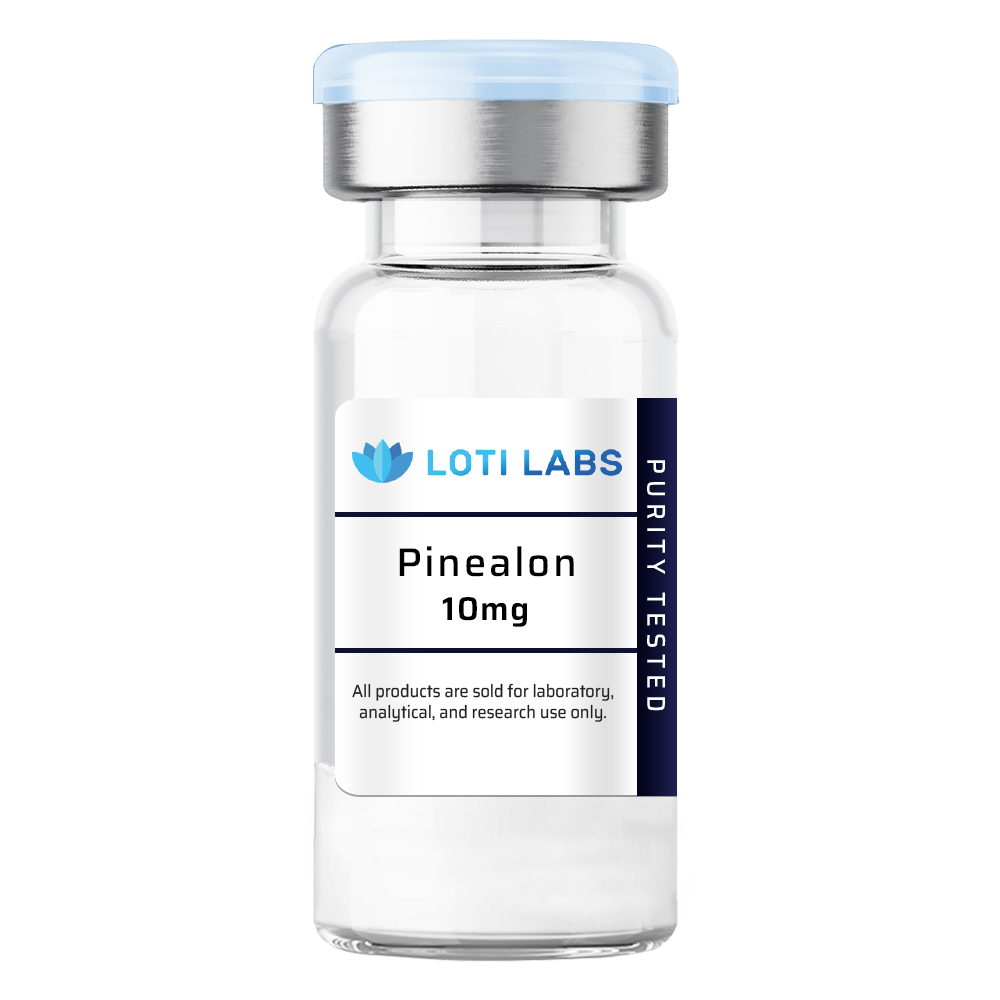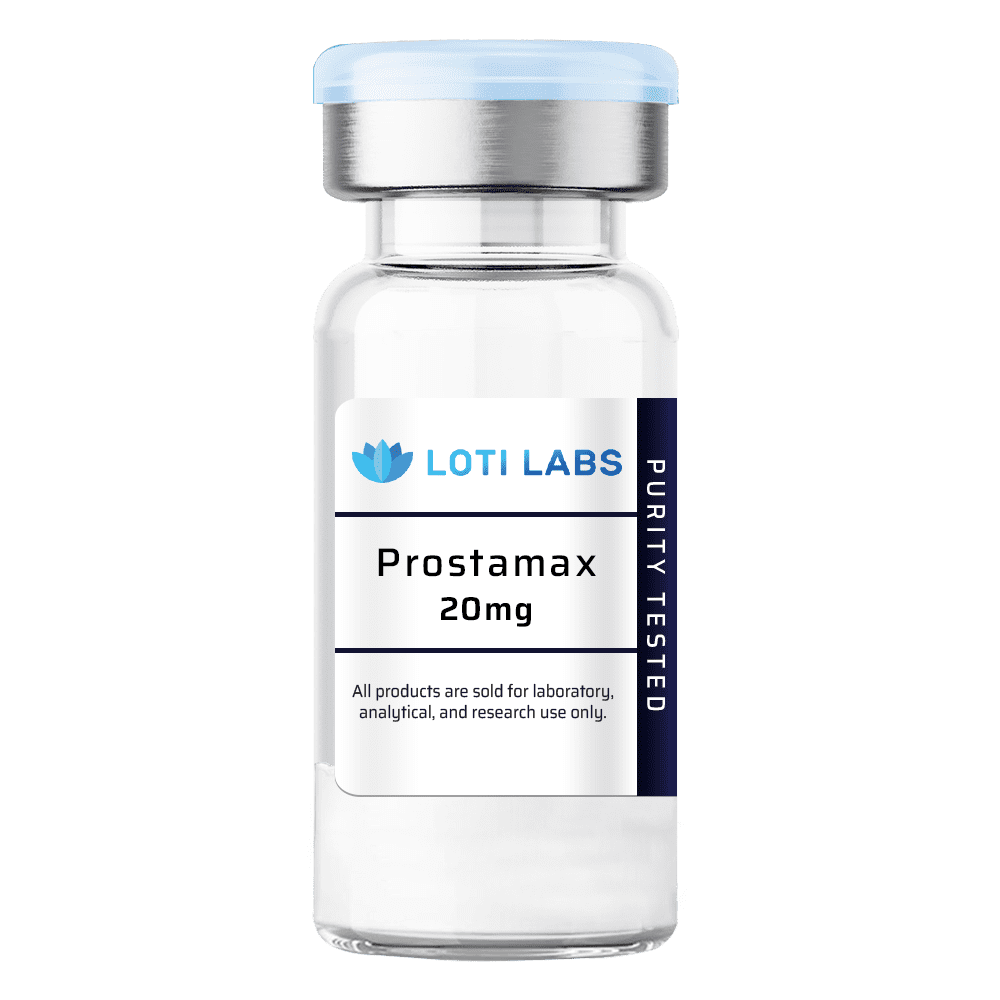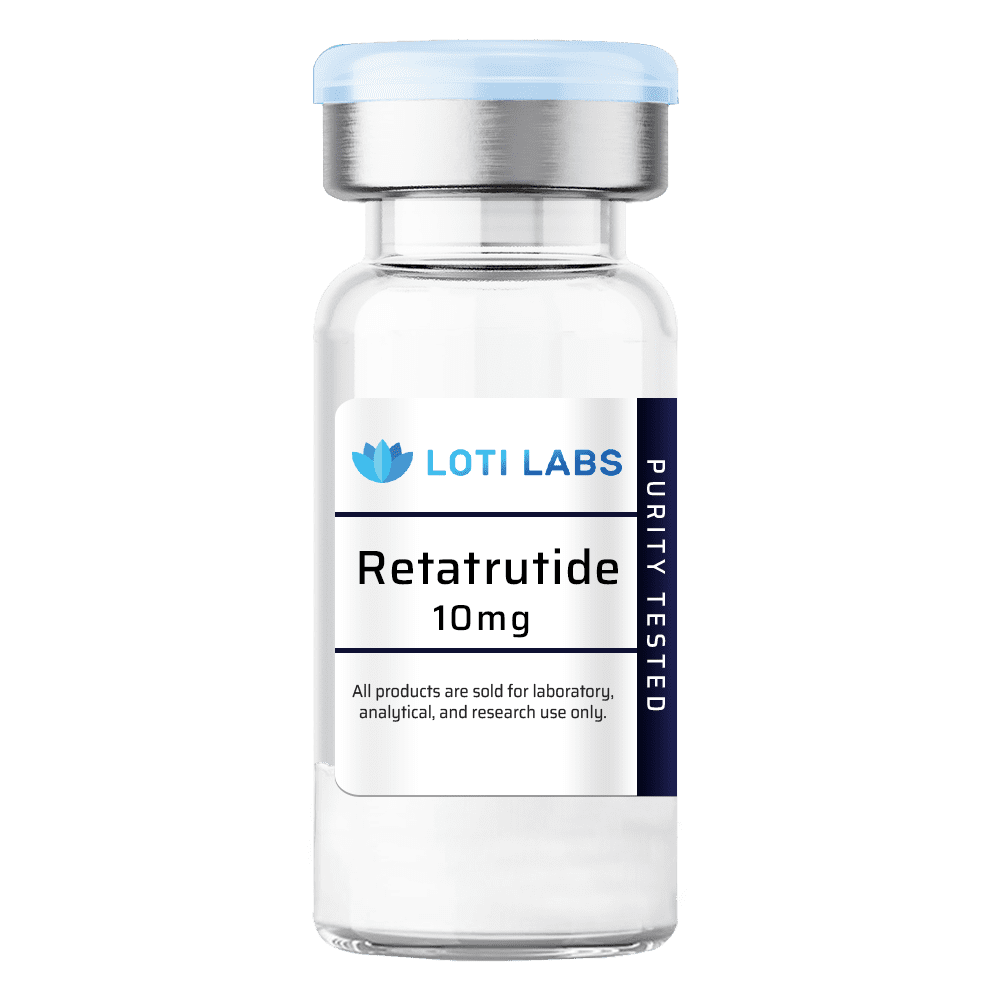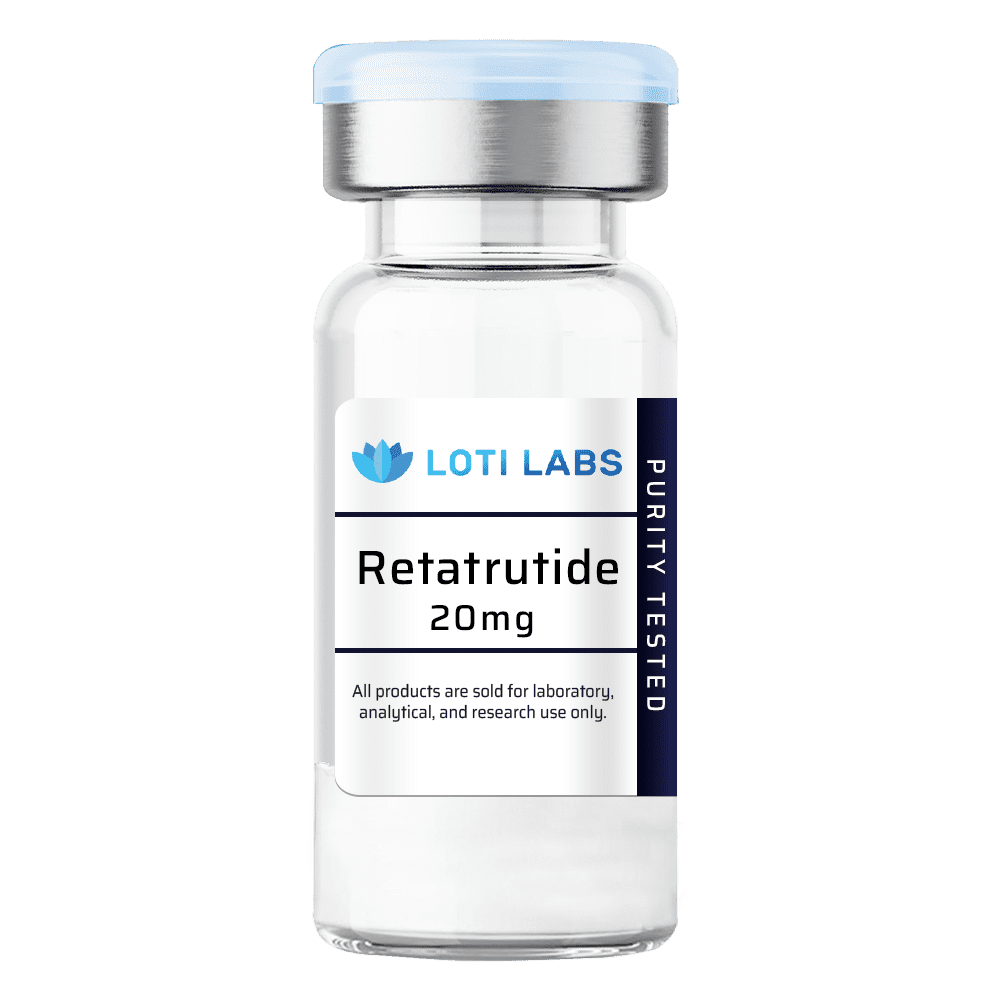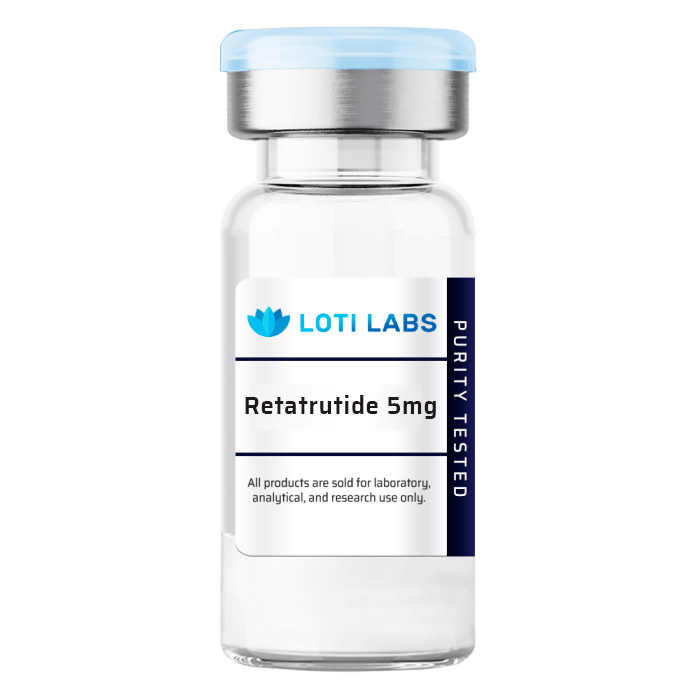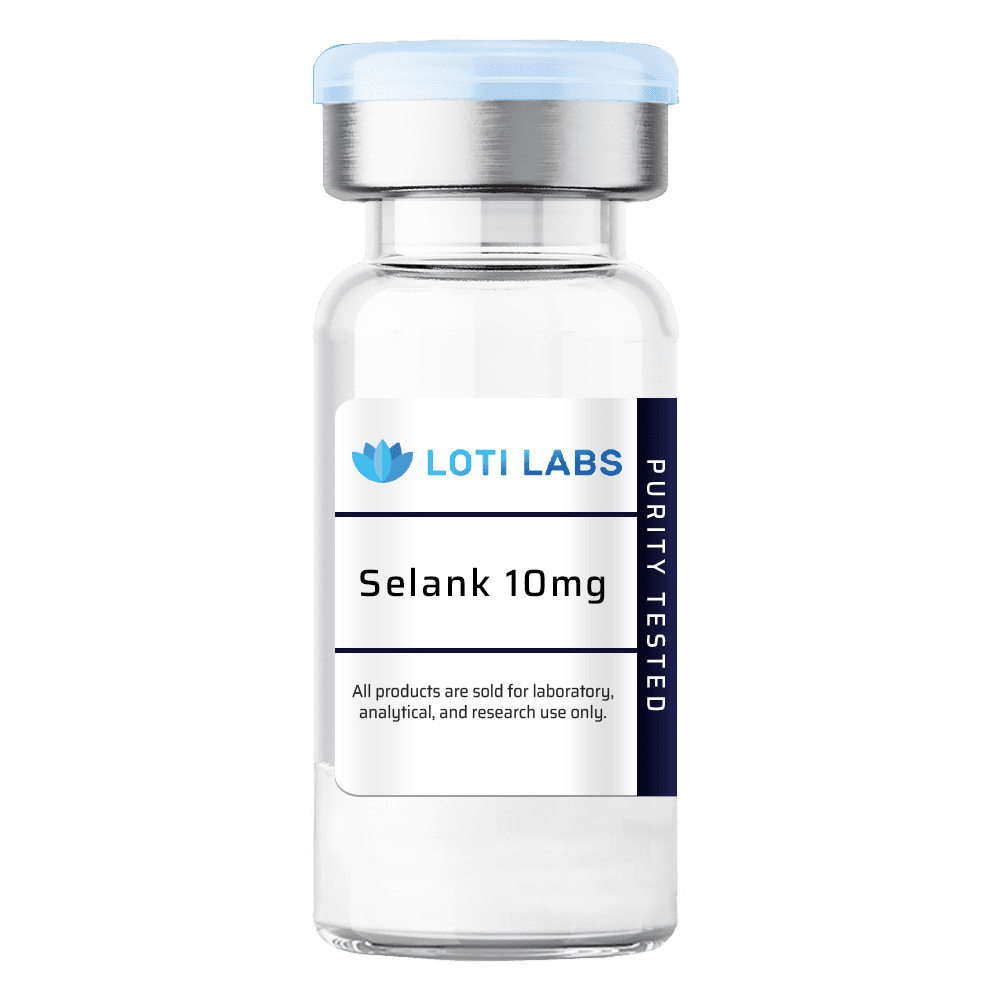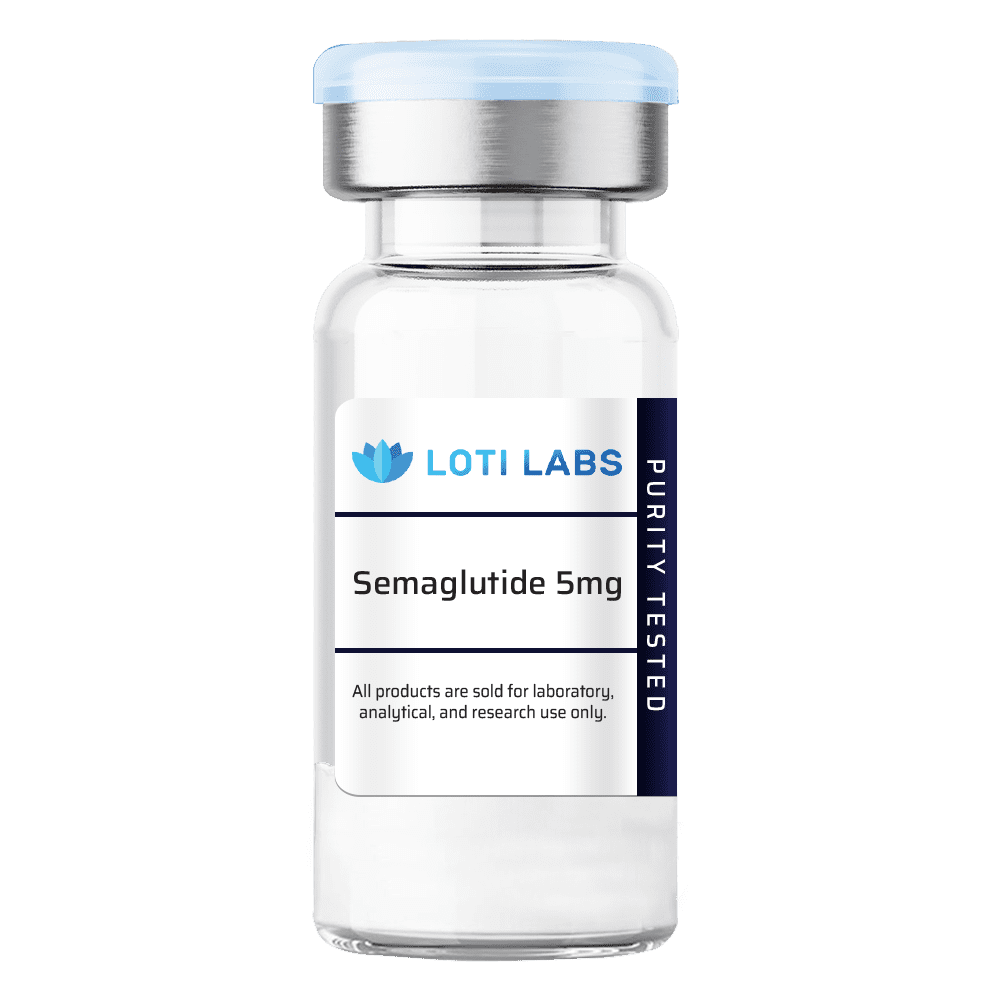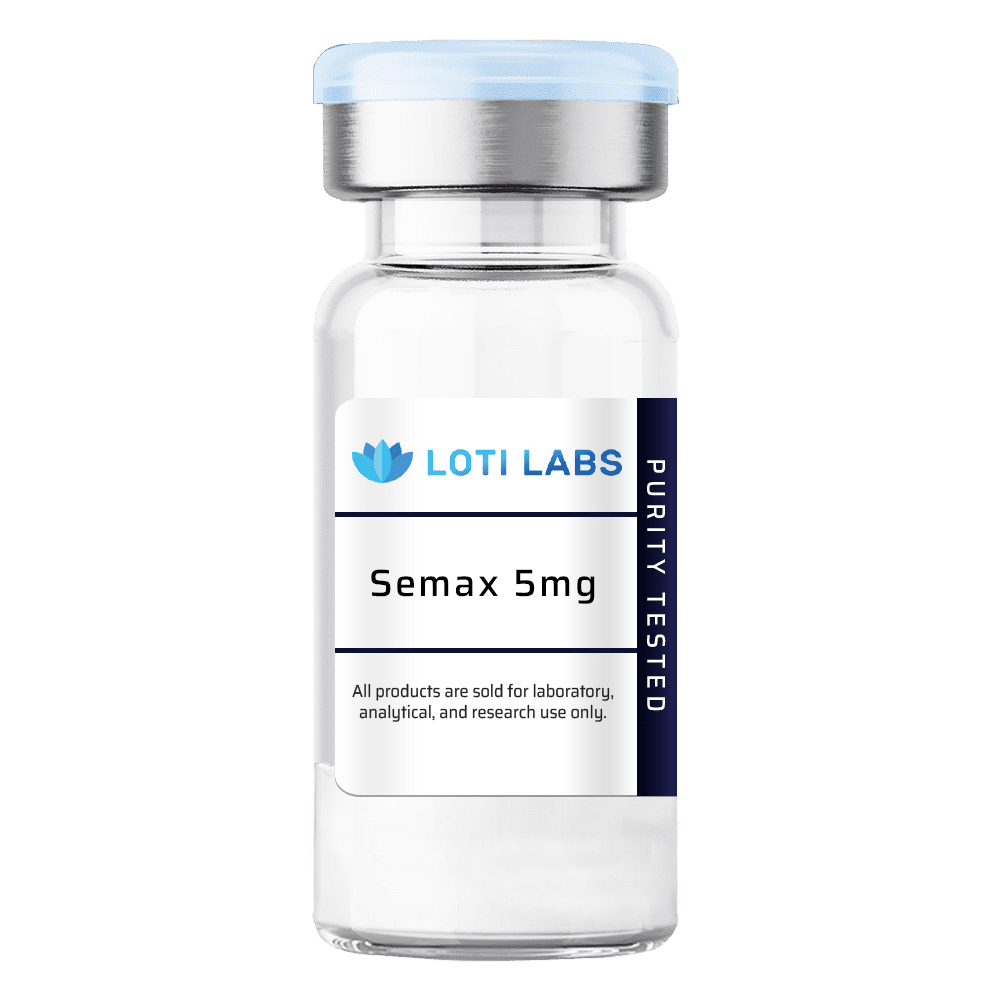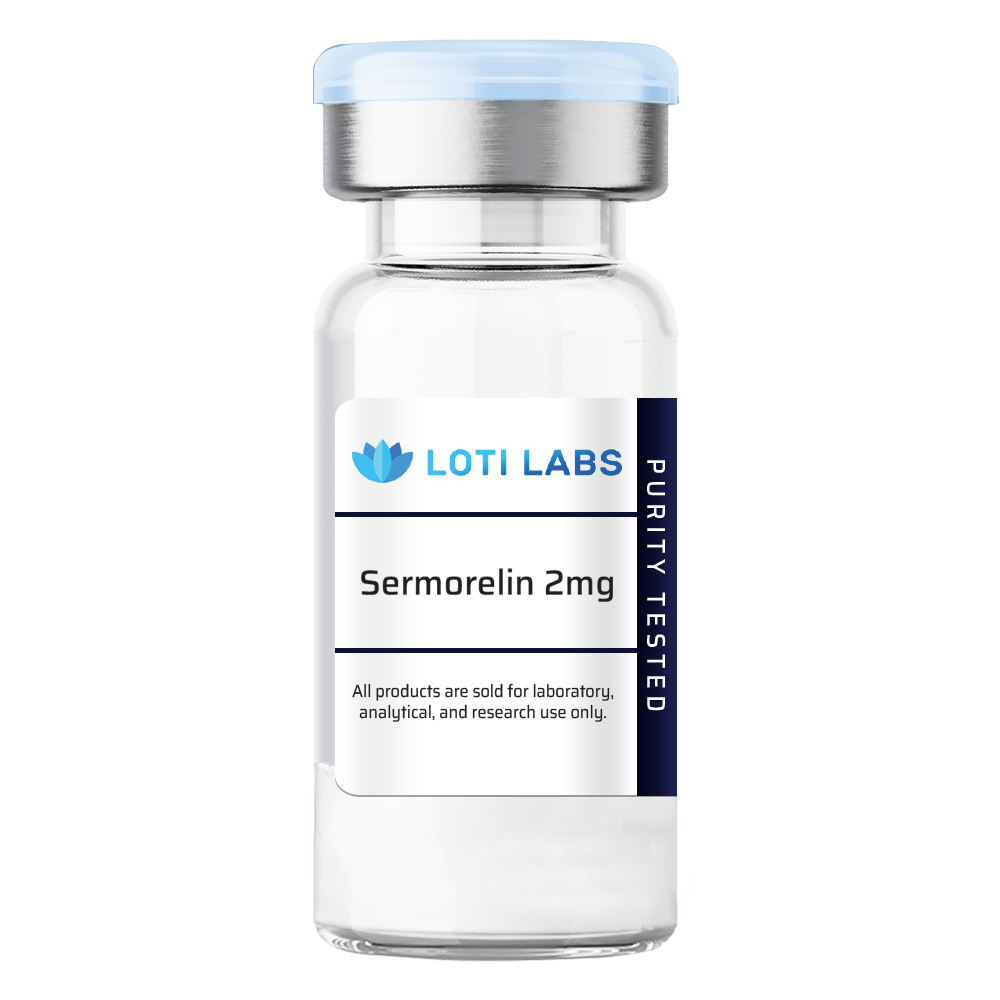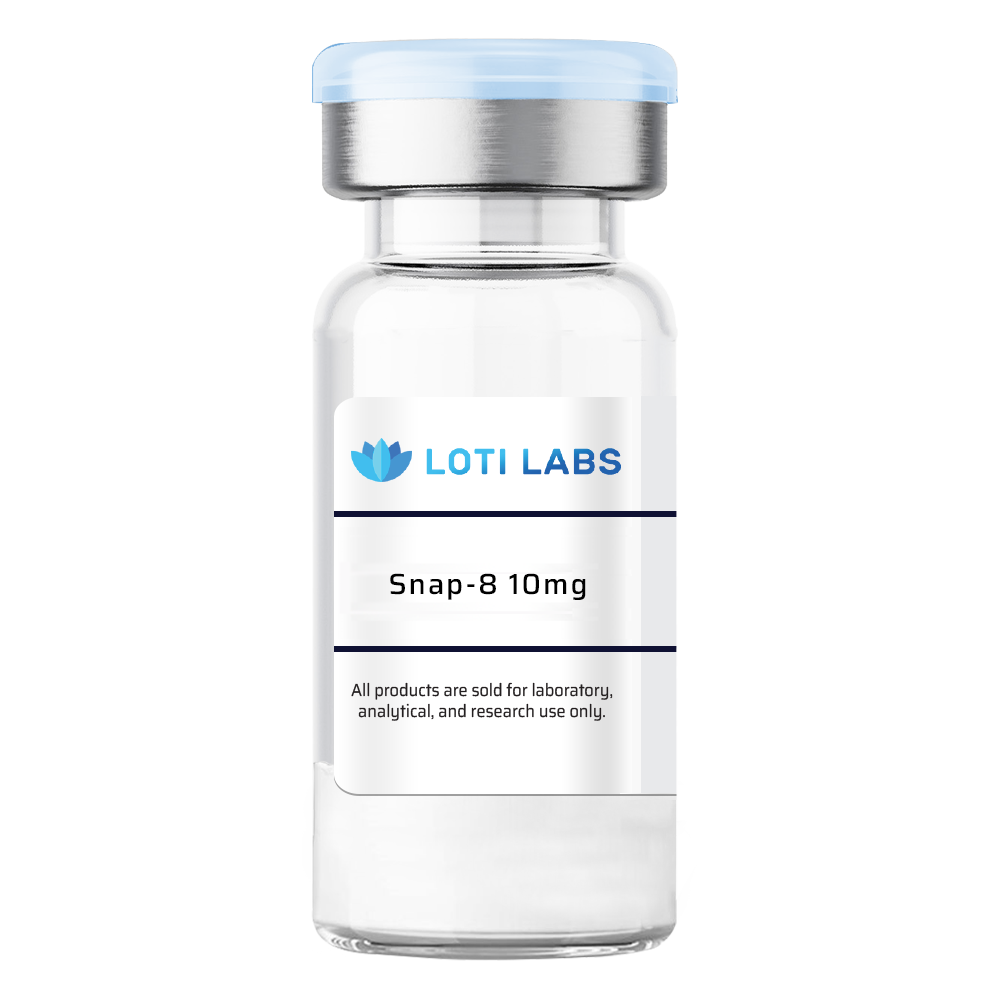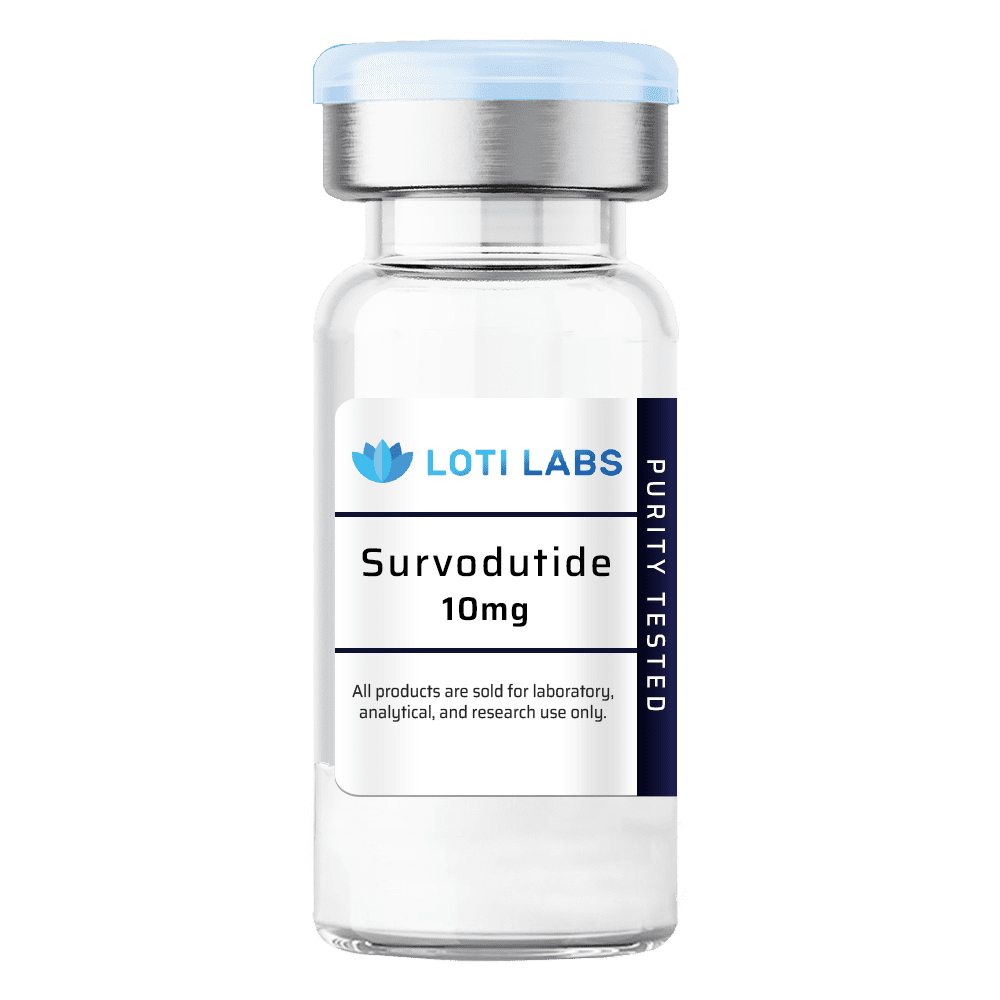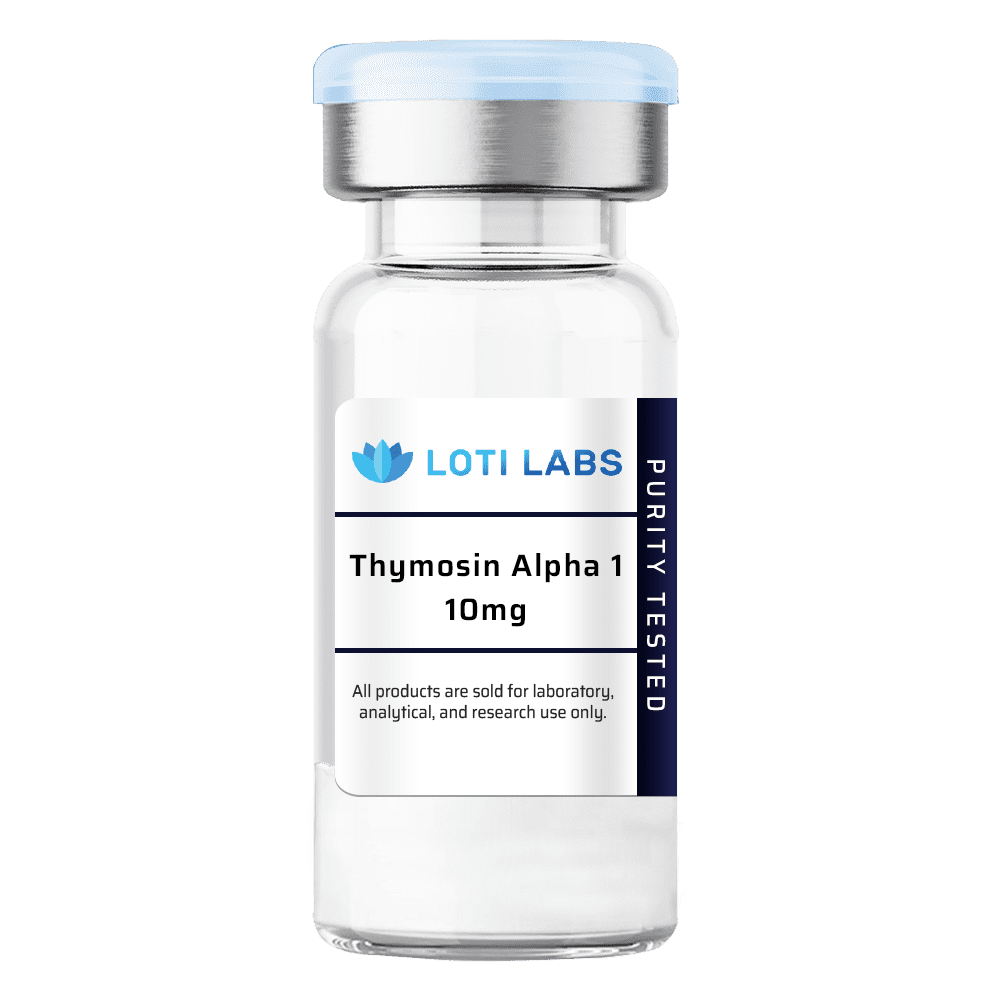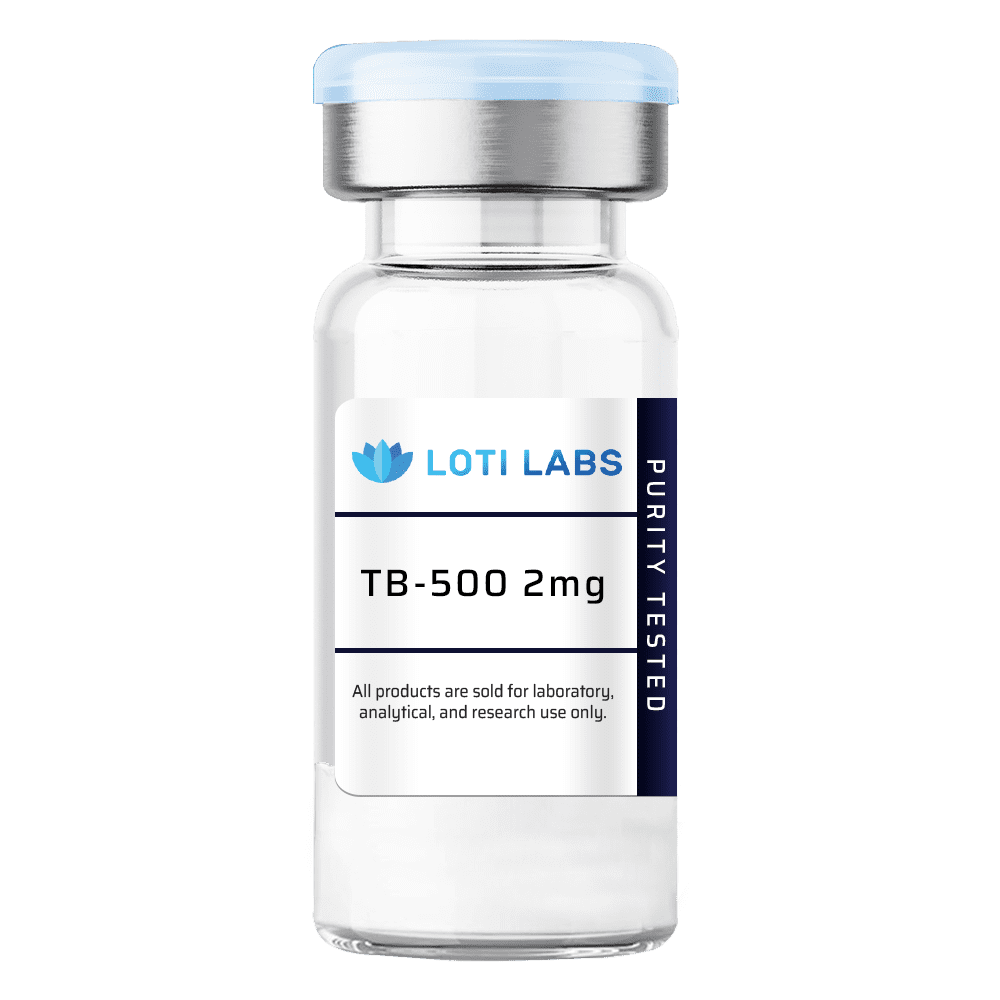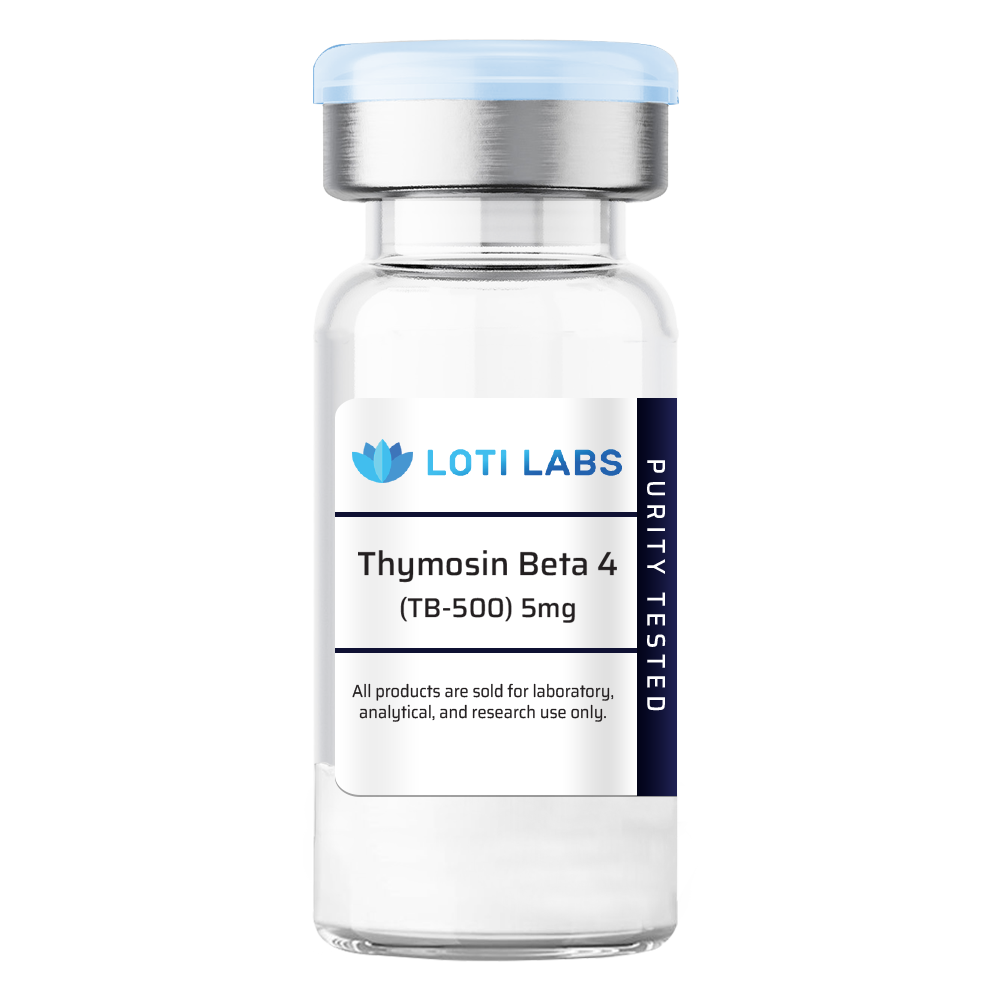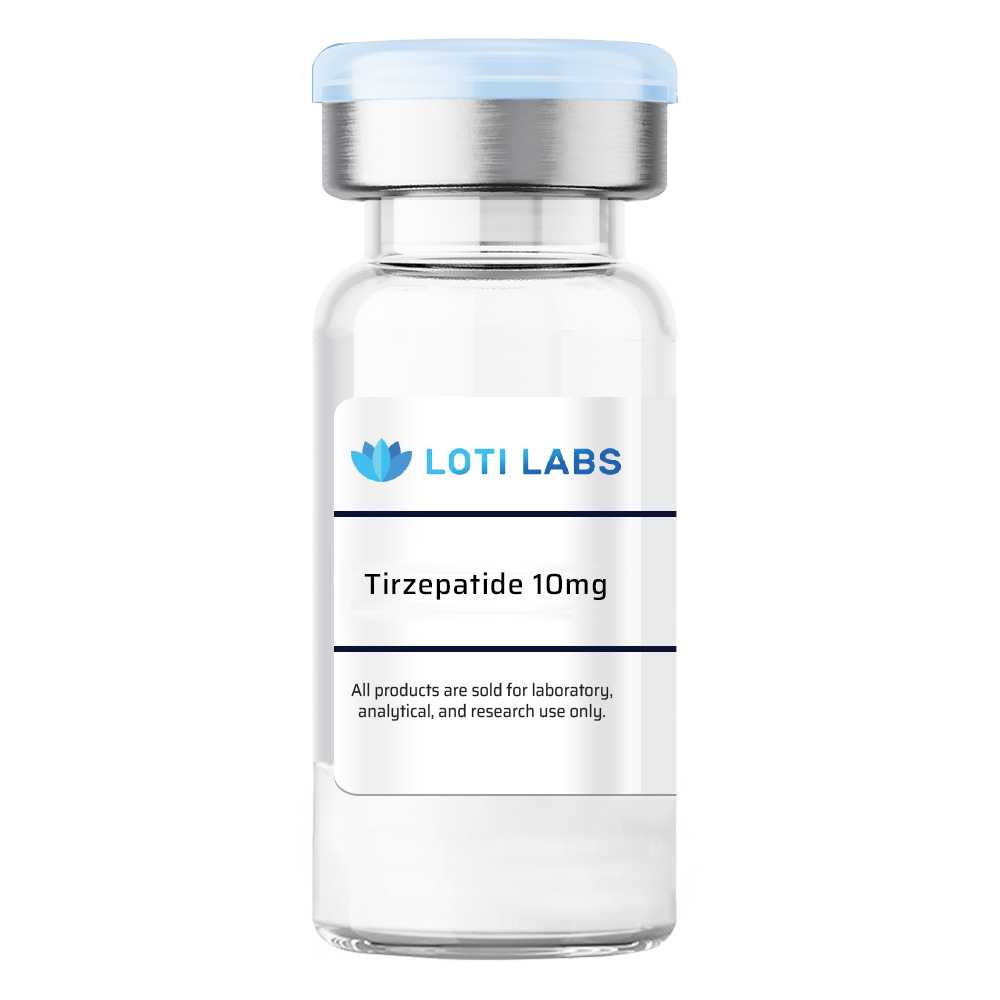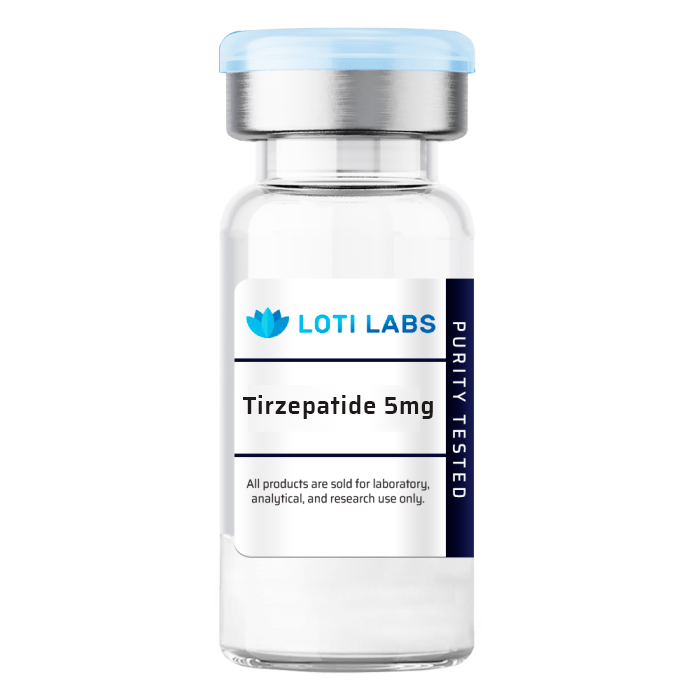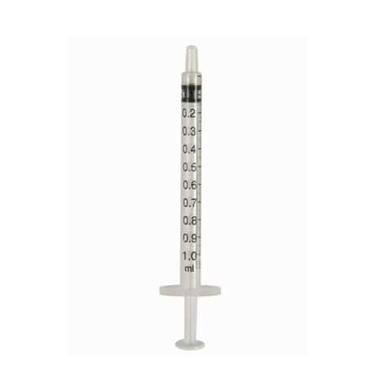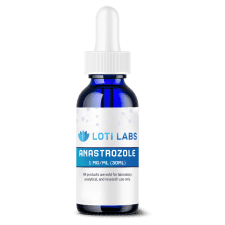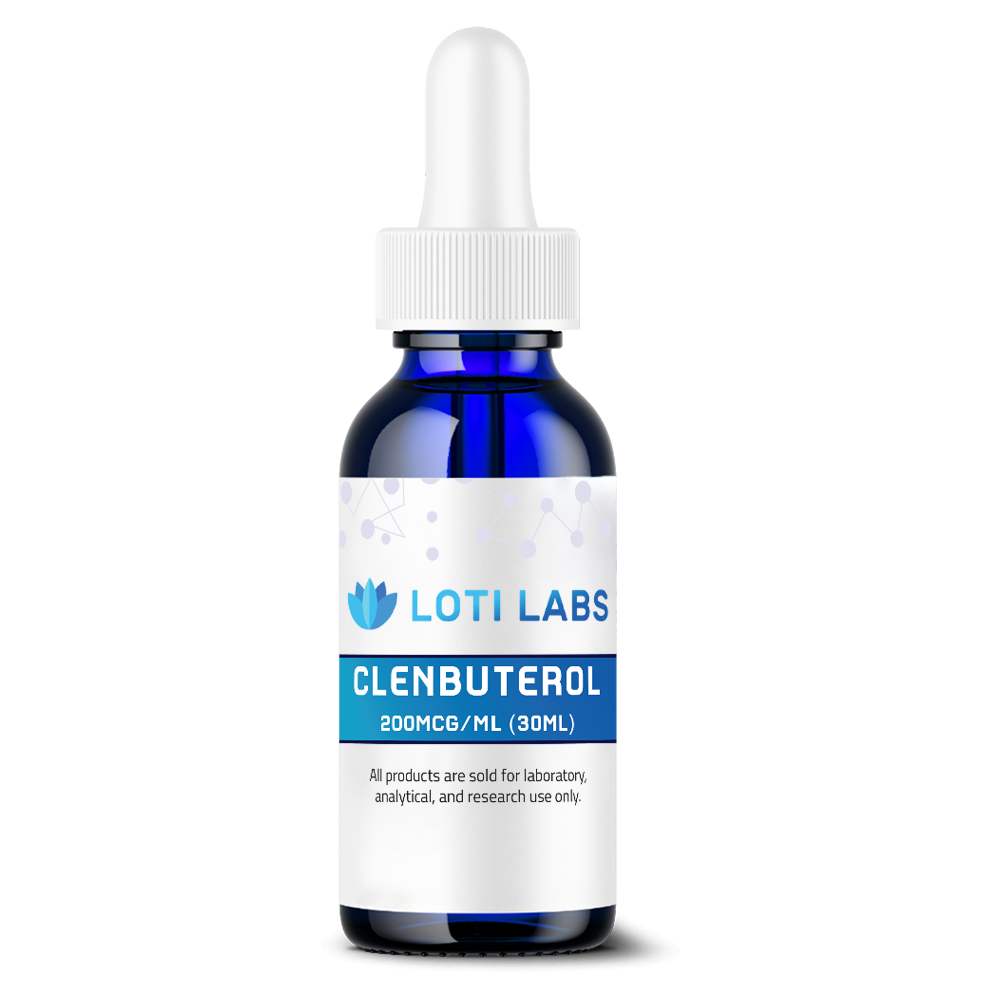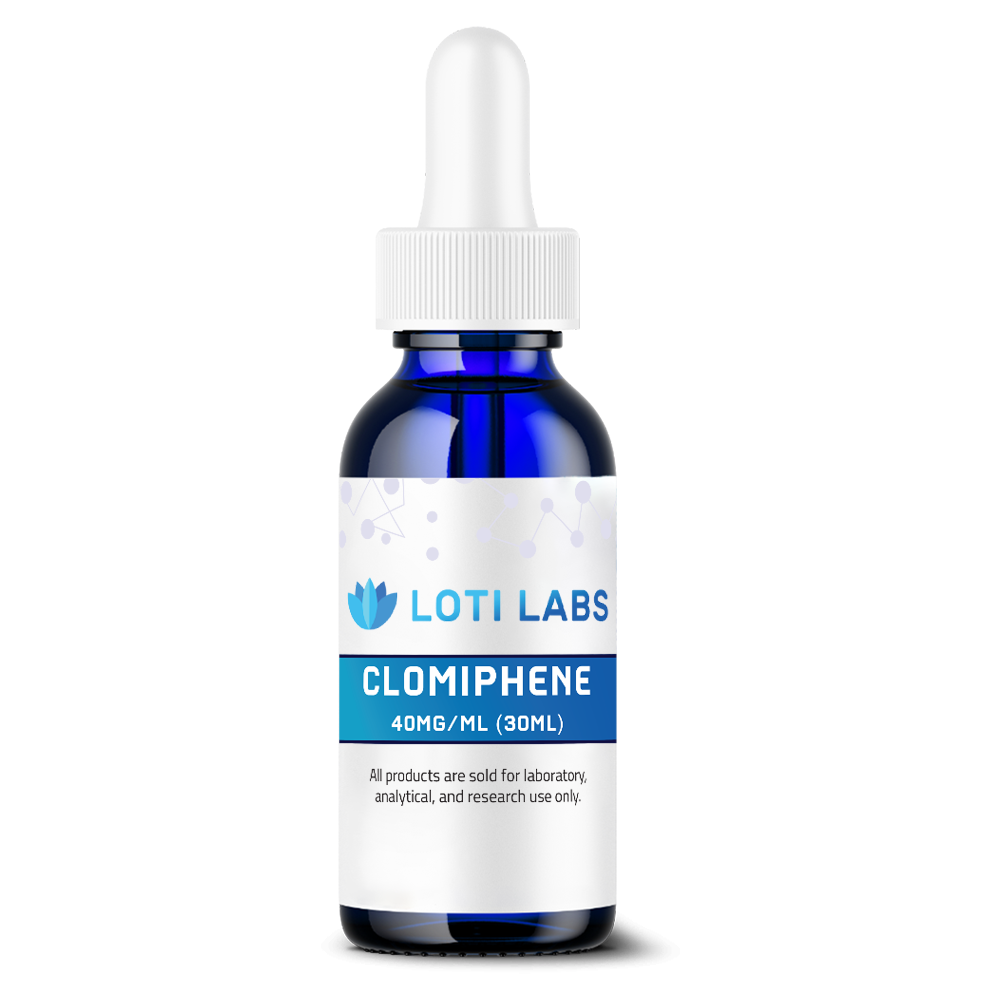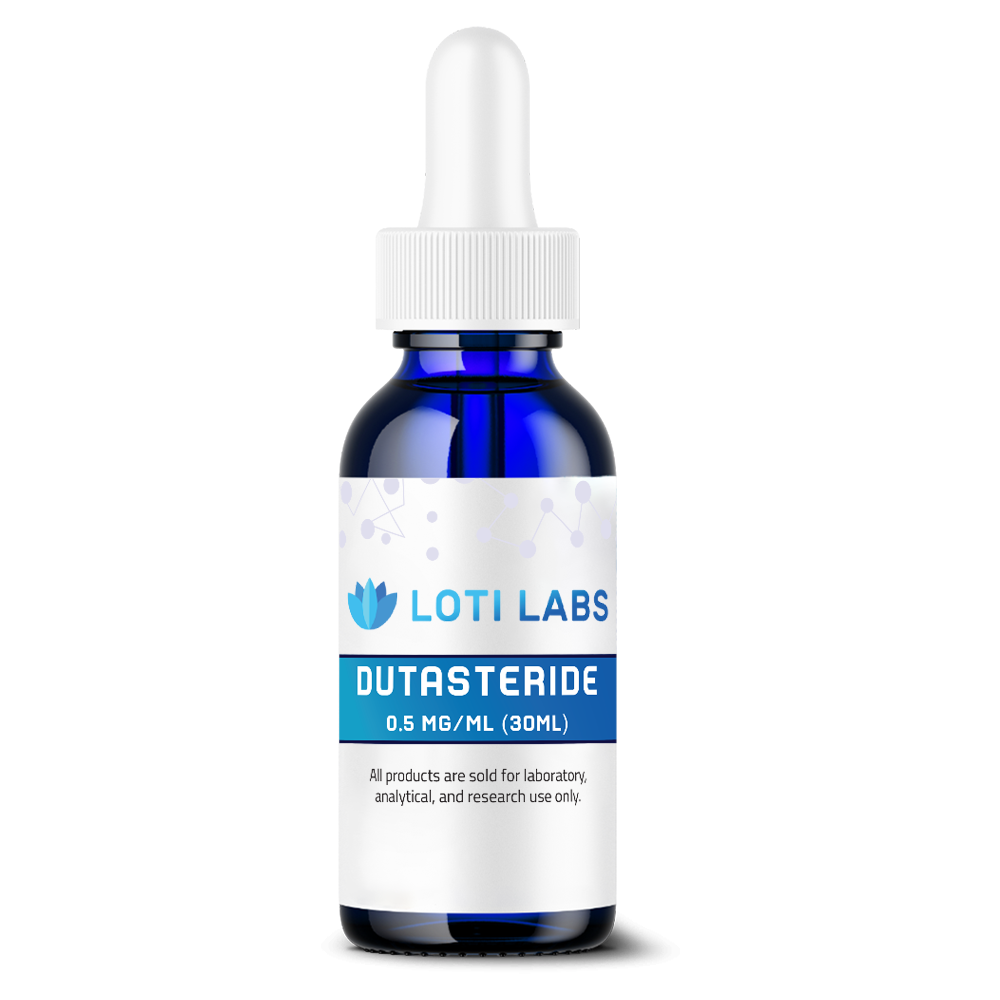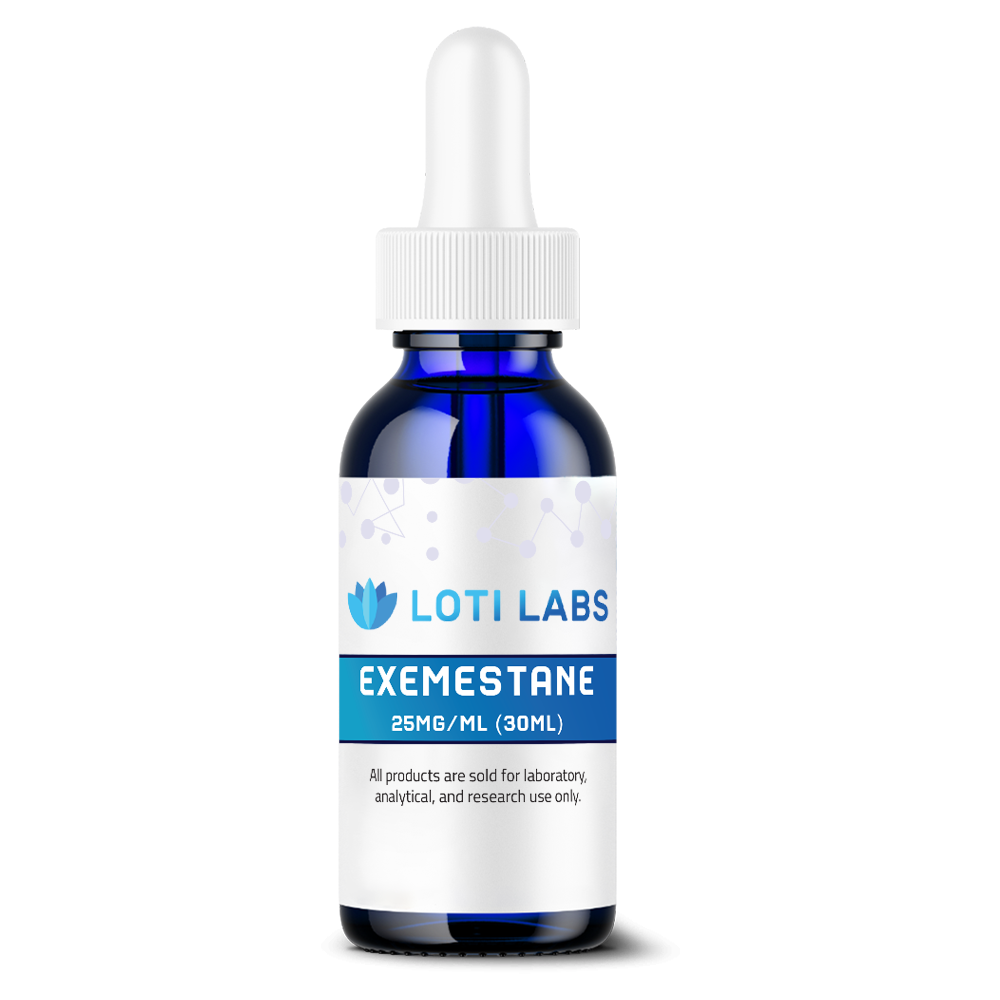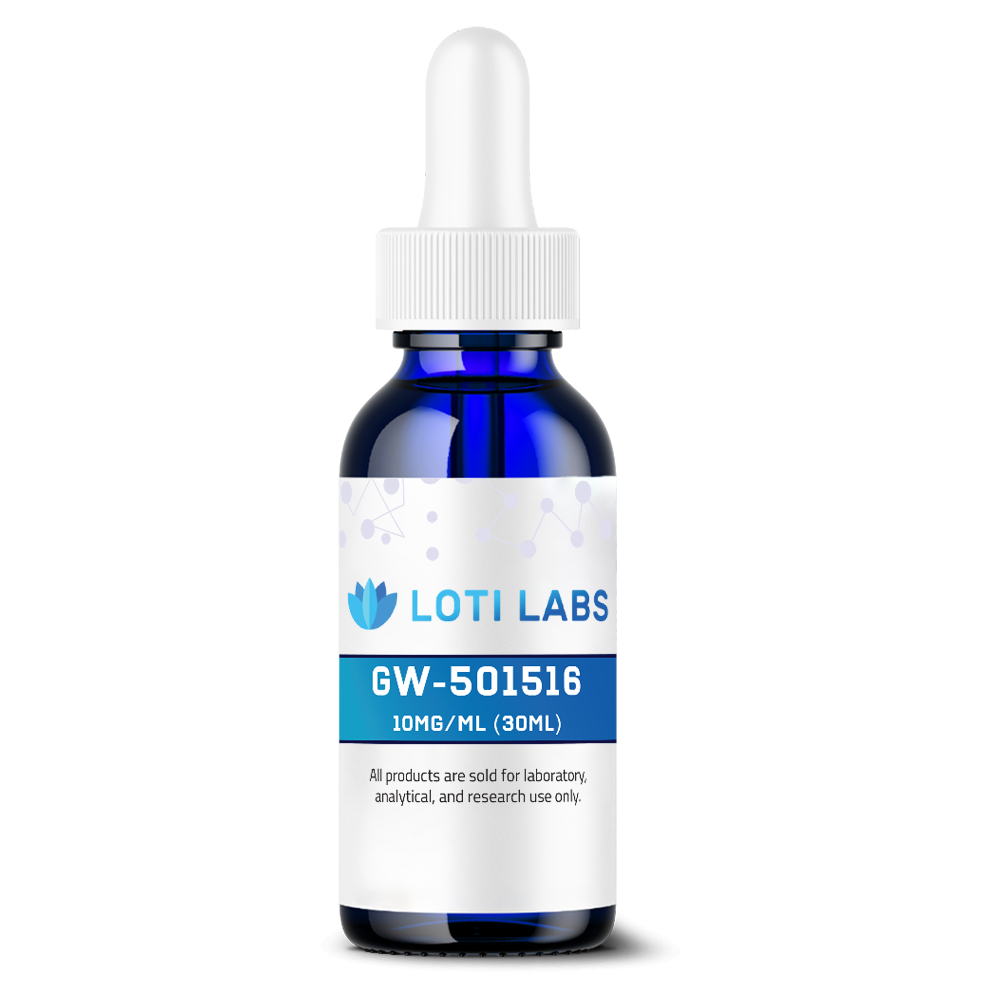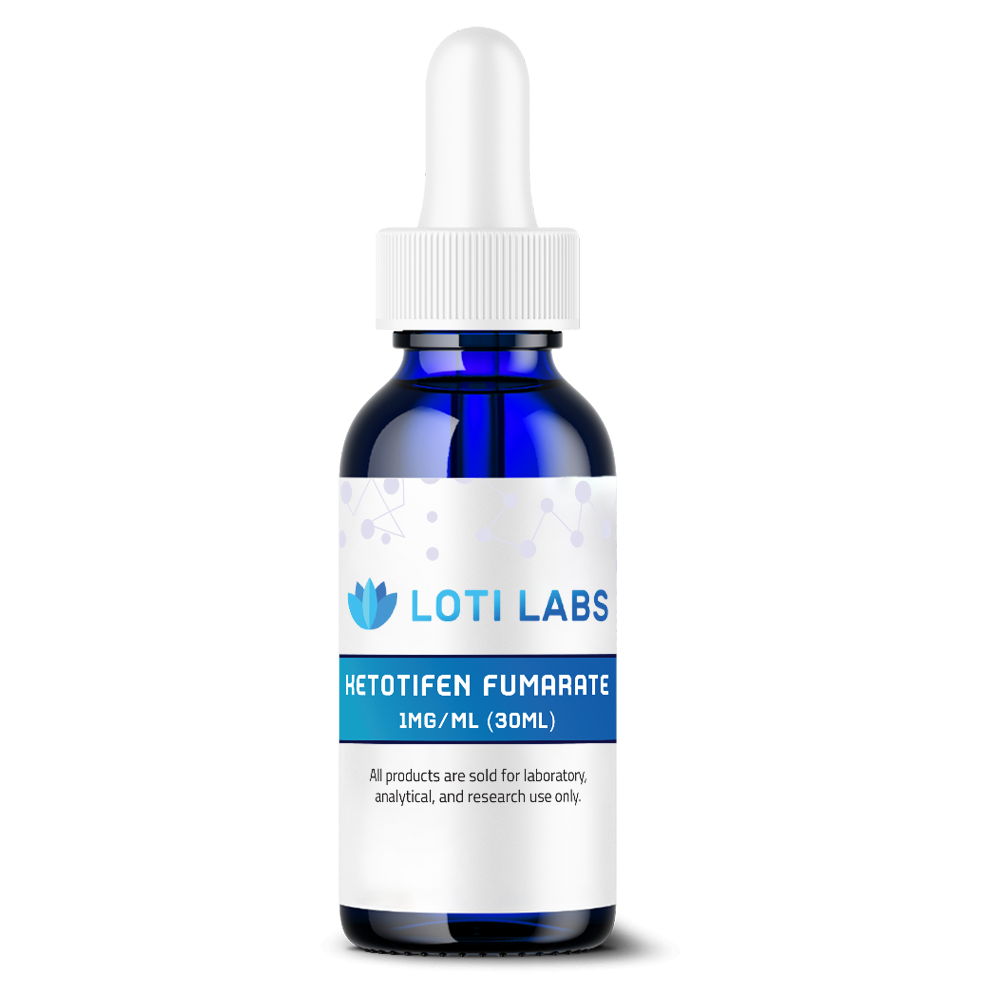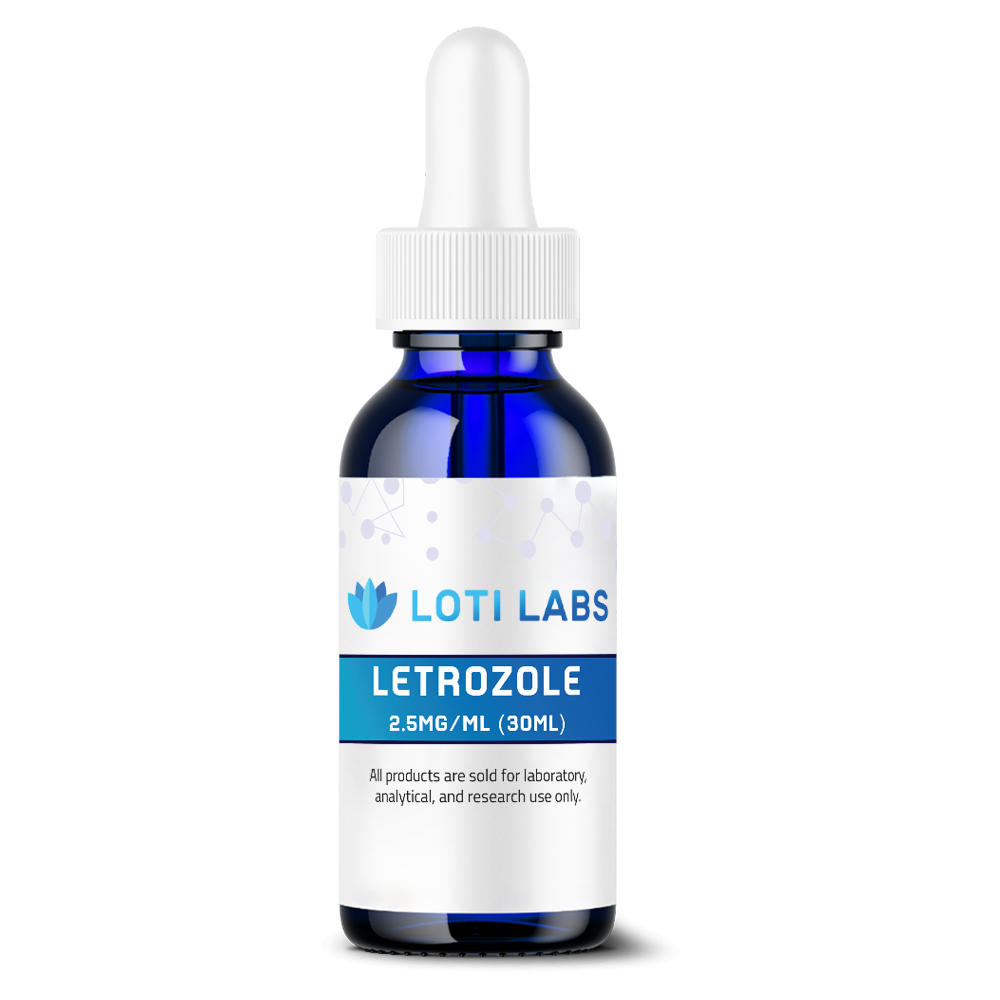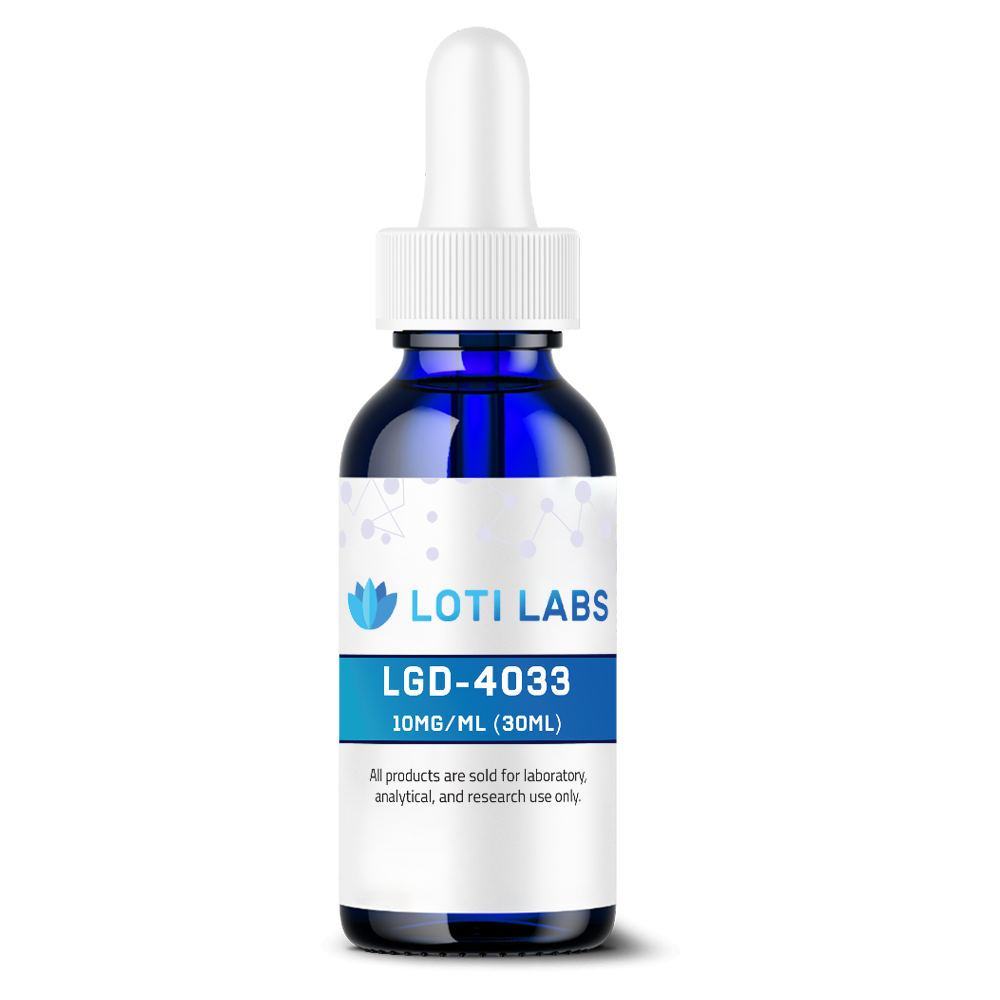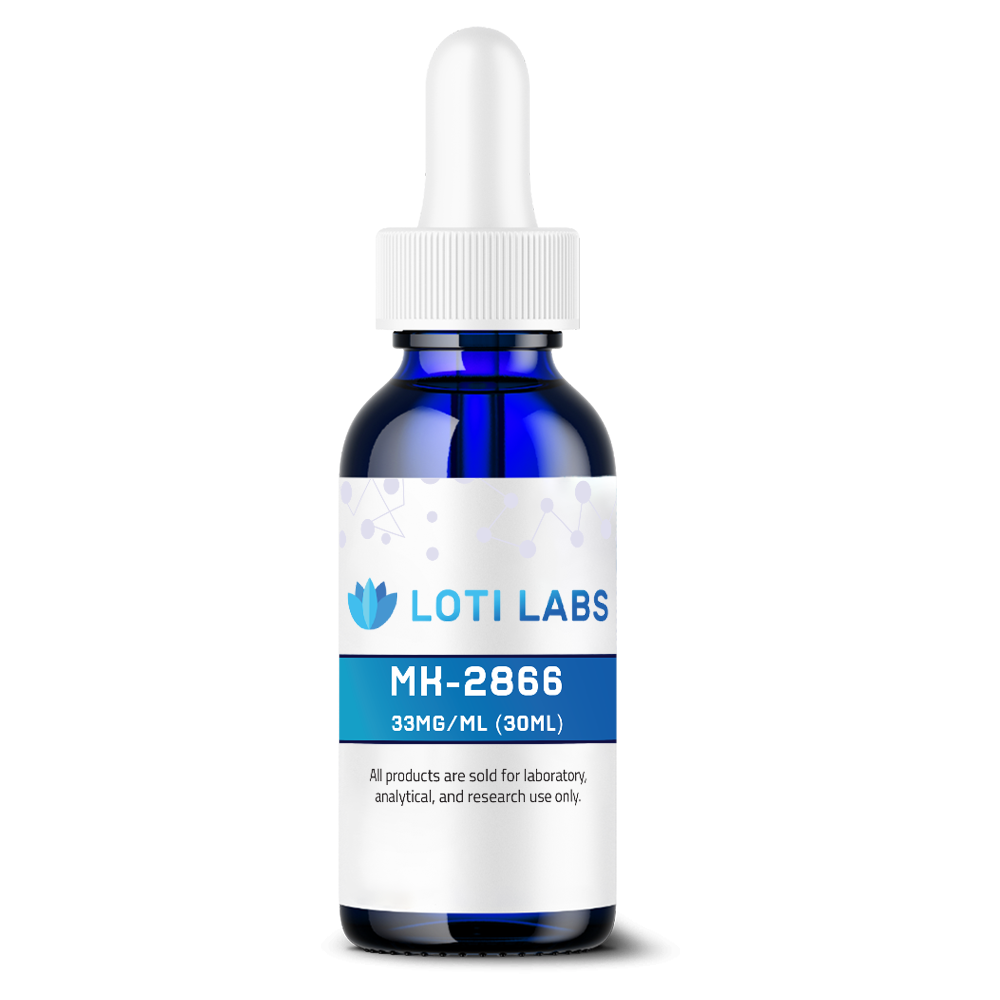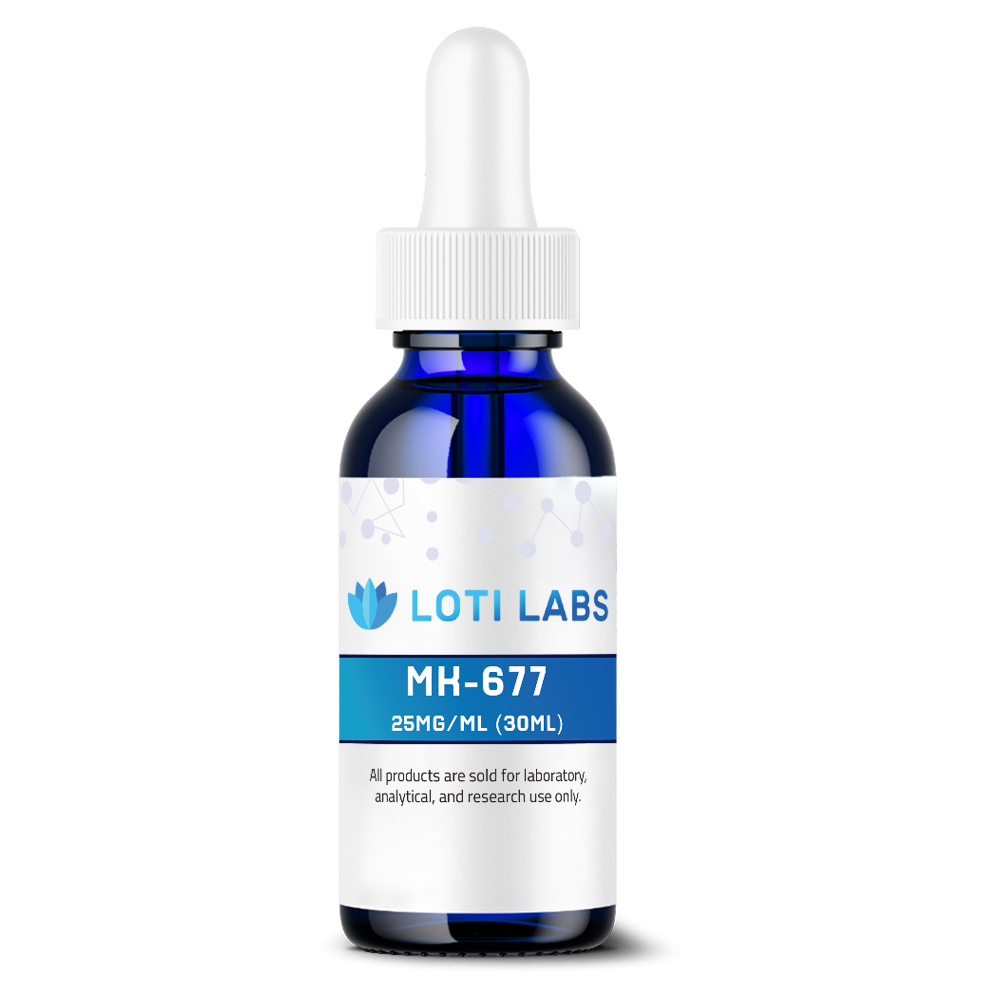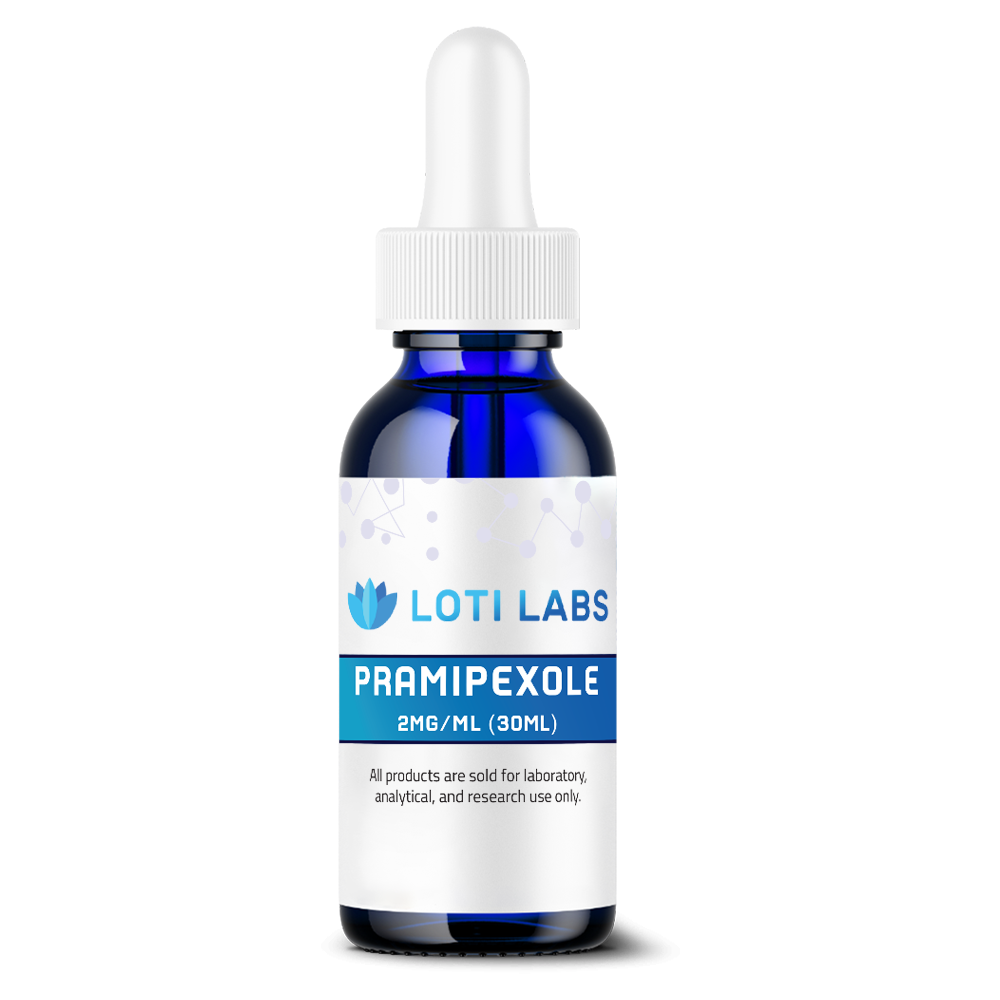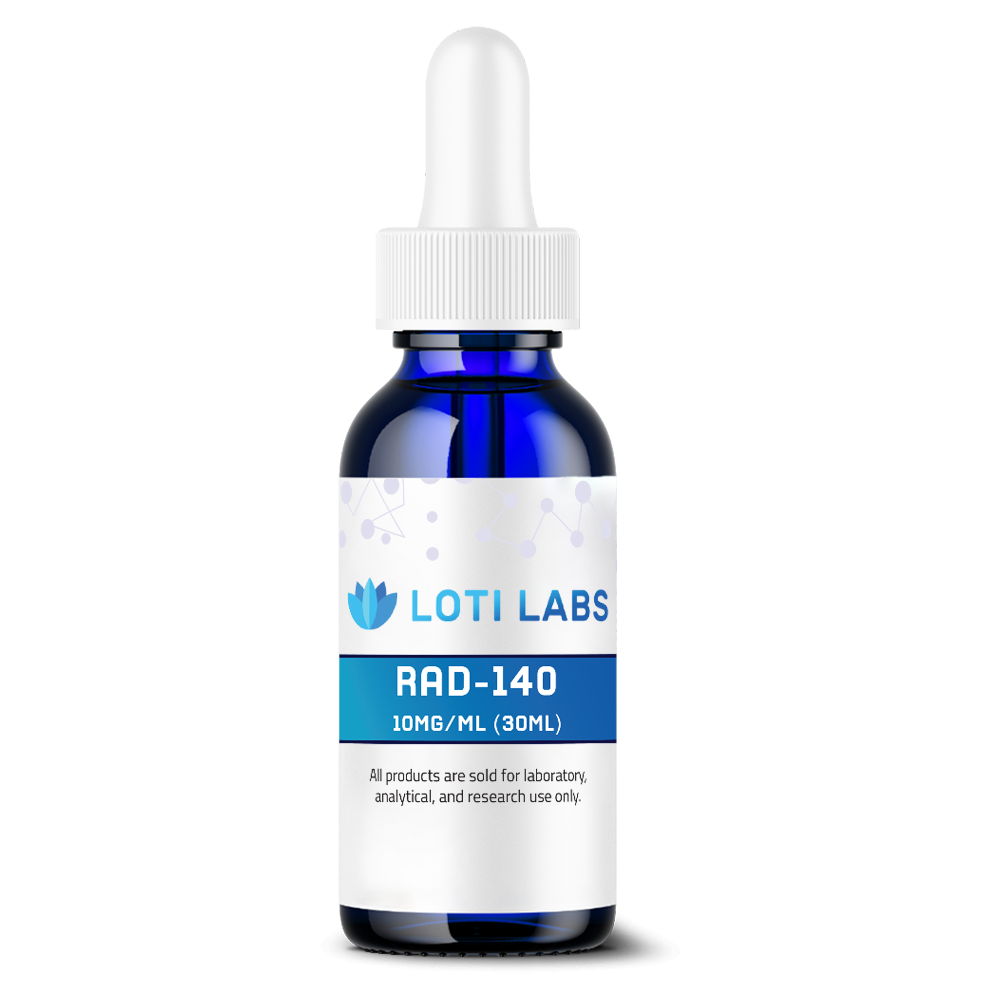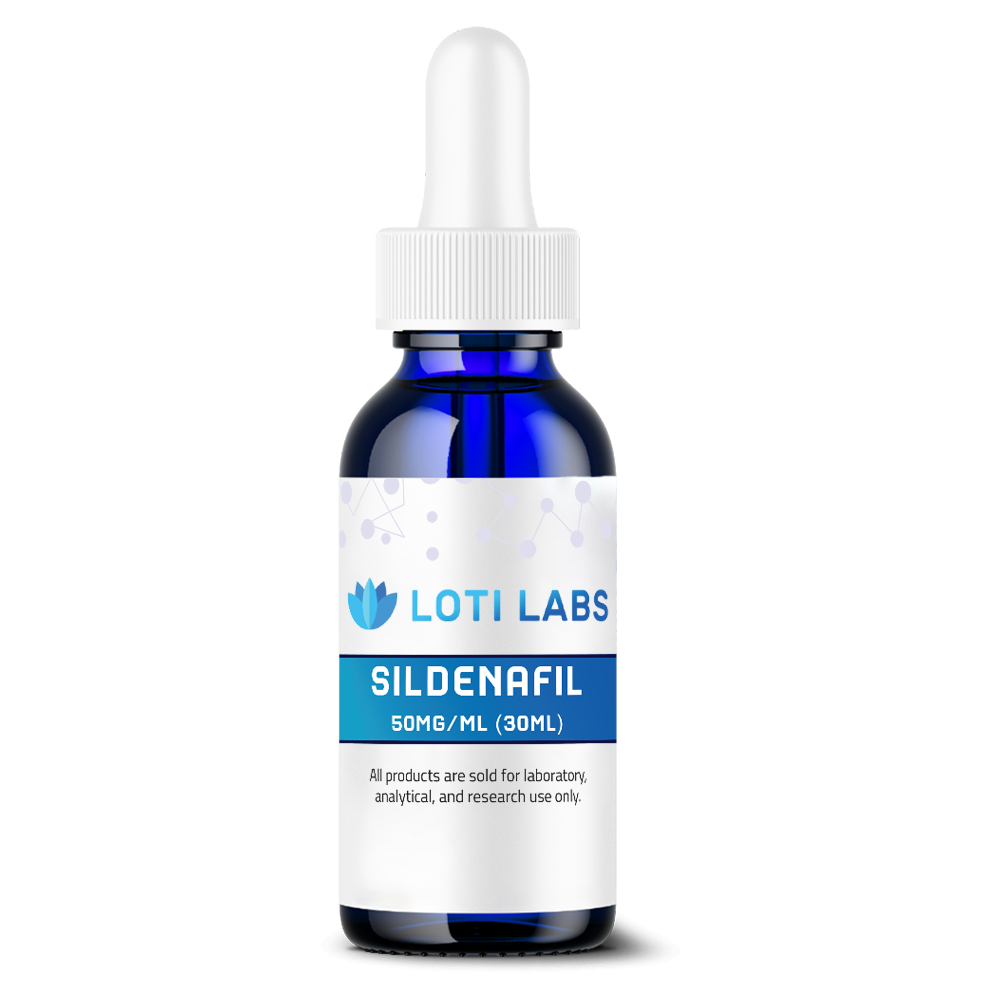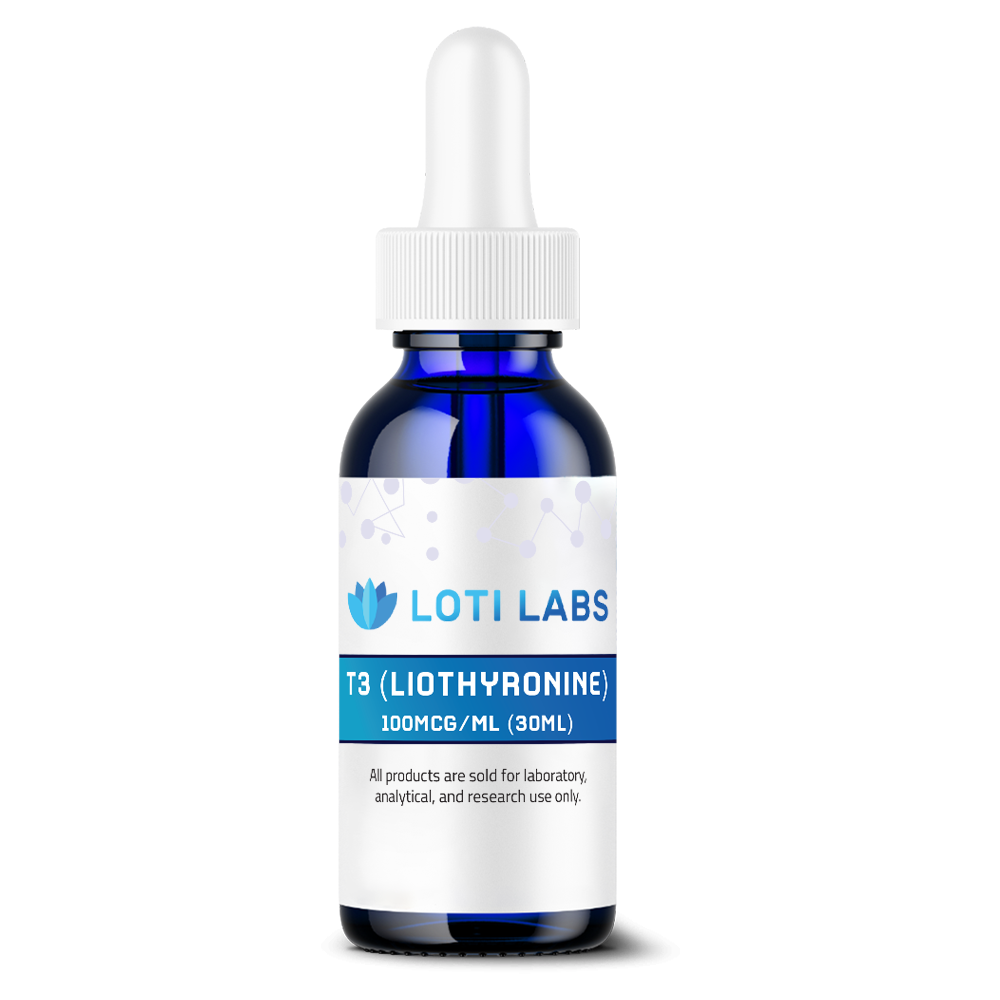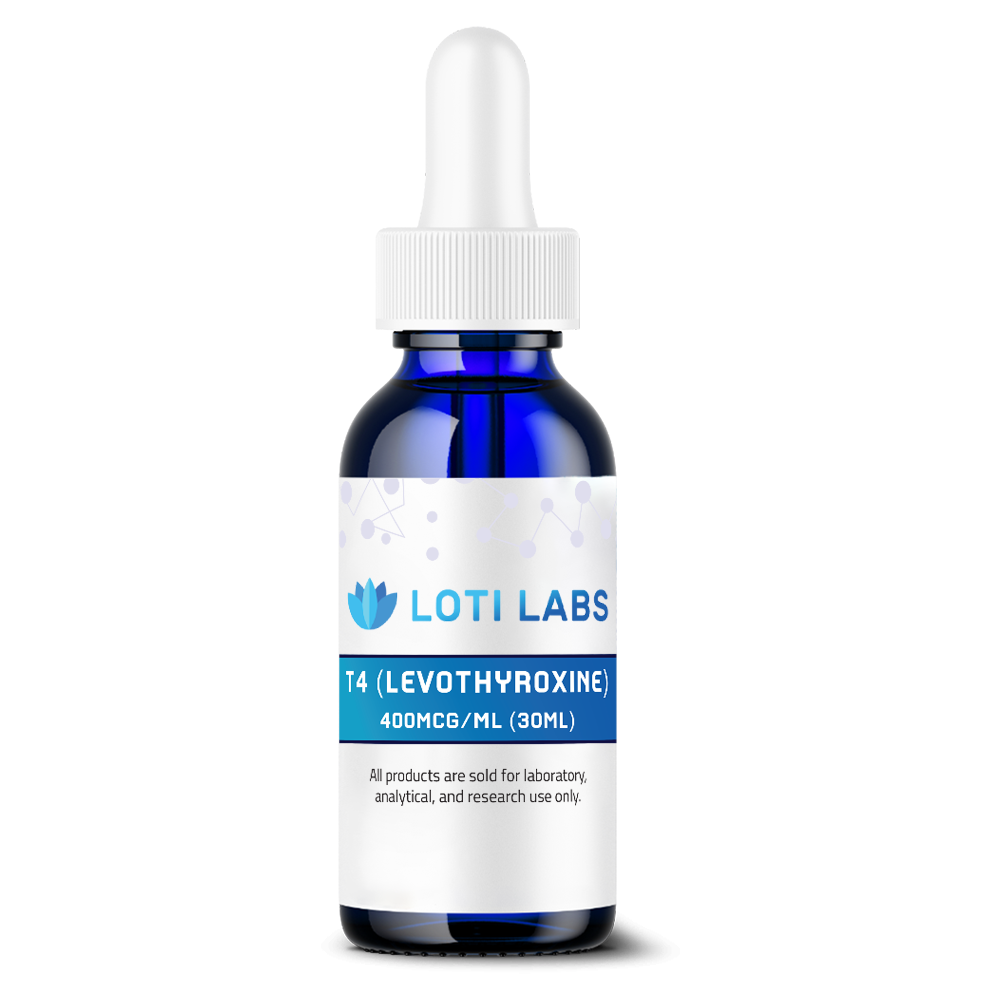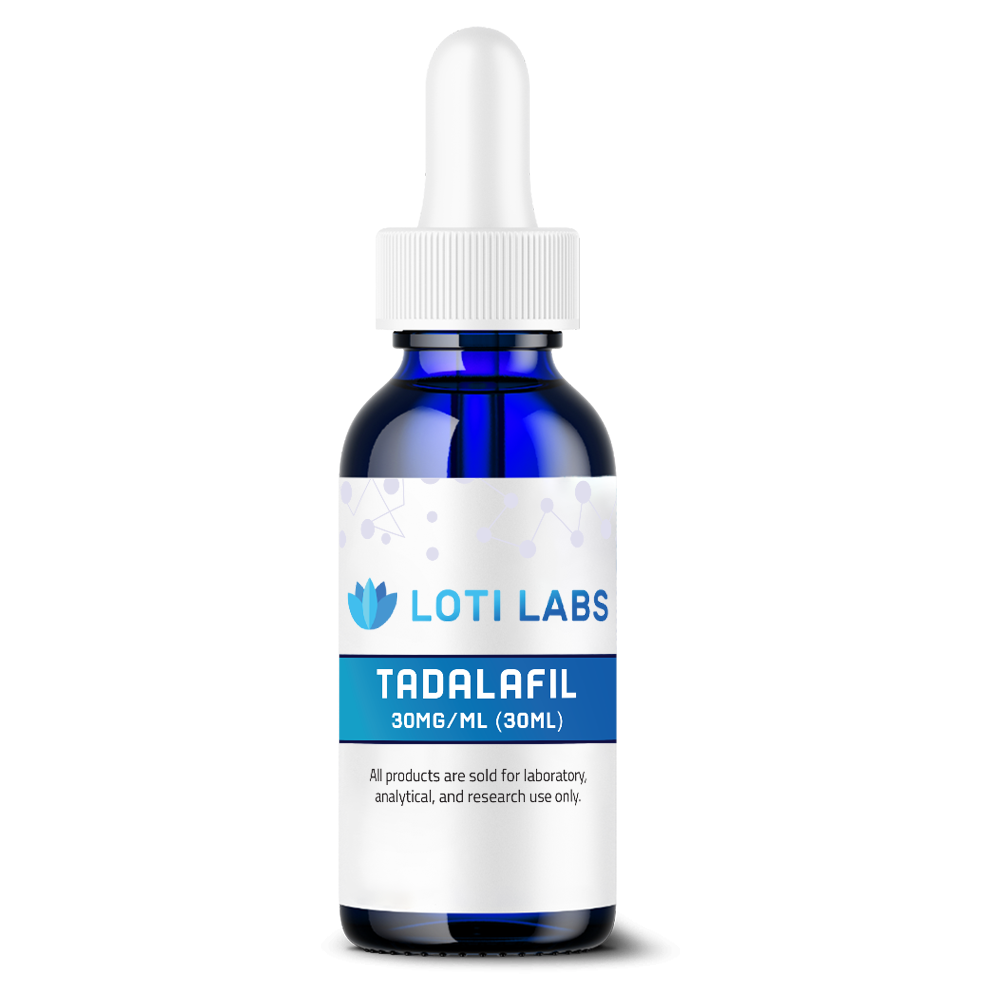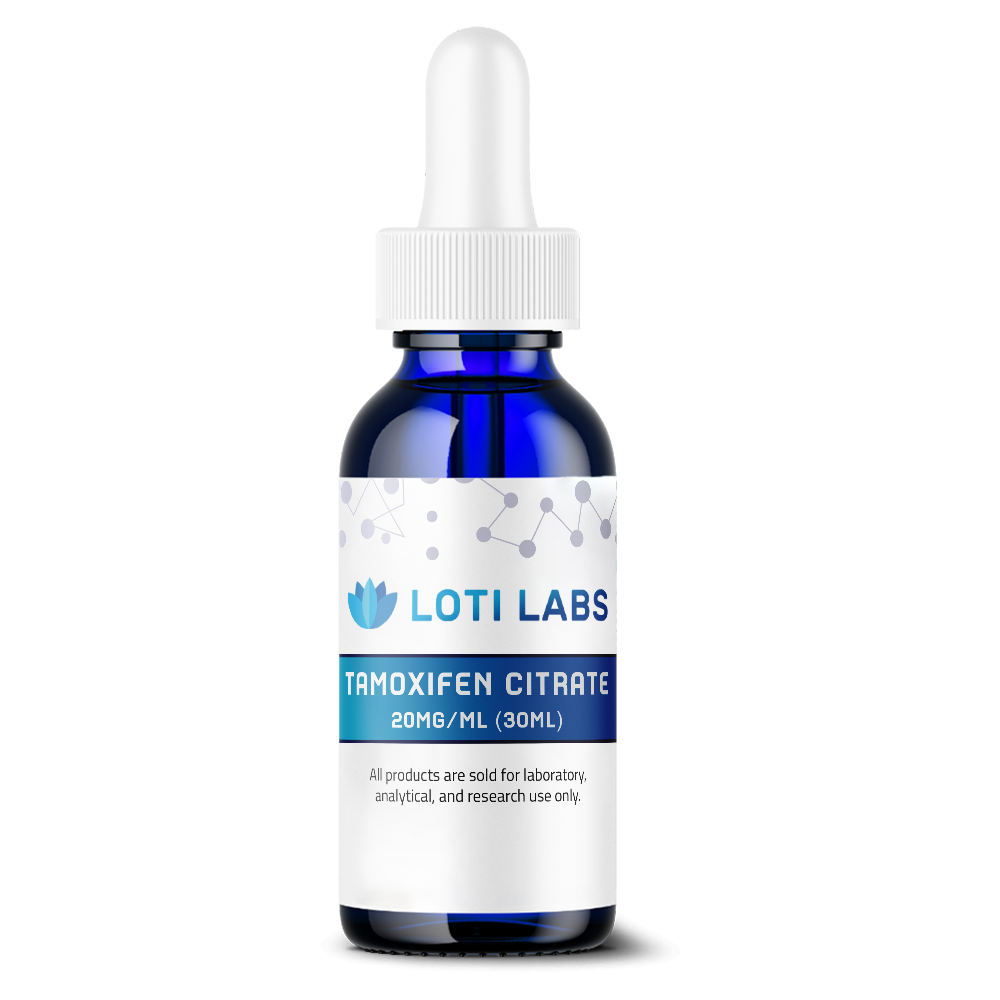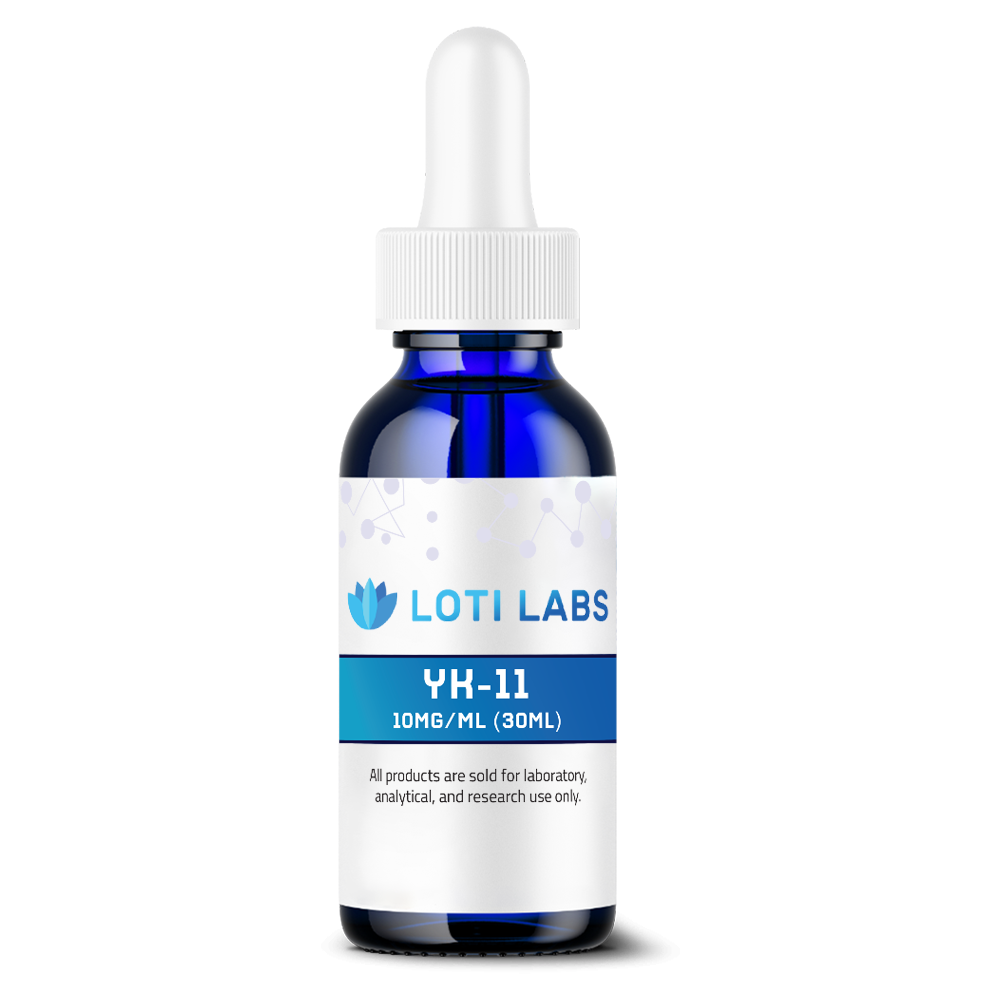-
×
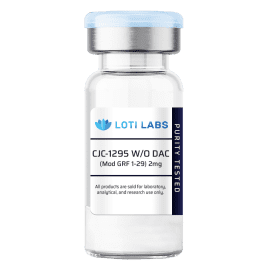 CJC-1295 W/O DAC (Mod GRF 1-29) 2mg
1 × $29.99
CJC-1295 W/O DAC (Mod GRF 1-29) 2mg
1 × $29.99
BPC-157 5mg
$49.99
You save
This product is intended as a research chemical only. This designation allows the use of this chemical strictly for in-vitro laboratory testing and experimentation. Human or veterinary use is strictly forbidden. This product is not a drug, food or cosmetic and may not be misbranded, mislabeled or misused as such.
Description


Buy BPC-157 at Loti Labs: Peptide for Laboratory Studies
Research into peptide compounds has shown some amazing things about cellular repair. BPC-157, a synthetic peptide from human gastric juice protective proteins, is a hot topic in experimental pharmacology. This body protection peptide has 15 amino acids and is super stable in lab conditions making it a great subject for researchers to study tissue repair and cellular regeneration pathways.
For scientists looking to buy bpc 157 for their research protocols, understanding the molecular properties, experimental applications and procurement considerations is key to maintaining research integrity and regulatory compliance.
Molecular Structure of BPC-157
BPC-157 is a carefully synthesized pentadecapeptide with specific molecular characteristics that defines its research applications. The structure allows researchers to do reproducible studies across different experimental conditions.
Amino Sequence: His-Ala-Gly-Pro-Pro-Gly-Glu-Ala-Gly-Leu-Pro-Pro-Gly-Lys-Glu
Molecular Formula: C62H89N15O18
Molecular Weight: 1419.4 g/mol
PubChem CID: 9941957
CAS #: 137525-51-0
This specific amino acid sequence creates a stable peptide structure that holds up in biological matrices. Research shows the sequence stability is the reason why the compound performs consistently in lab studies, with studies showing detection in biological samples up to 4 days under controlled conditions.
Mechanism of Action in Research Models
Lab studies have shown that BPC-157 works by accelerating growth factor expression and modulating nitric oxide synthesis pathways in research models. Research shows the peptide activates specific cellular signaling cascades that affect tissue repair mechanisms at the molecular level.
BPC-157 interacts with the VEGFR2 protein, triggering the VEGFR2-Akt-eNOS pathway that promotes angiogenesis and blood vessel formation in lab conditions. This mechanism is important for new blood vessels formation in tissue models.
The compound also interacts with the FAK-paxillin pathway, promoting cell migration that is essential for tissue repair processes. Research shows this cell migration is the reason why the peptide works on wound healing and tissue regeneration in animal models.Also, research shows BPC-157’s effect on gene expression related to cellular repair, with studies showing the peptide can modulate repair promoting genes and potentially reduce inflammatory markers like TNF-alpha in experimental conditions.
Research Studies and Experimental Findings
Animal studies have shown significant evidence on BPC-157’s effects on different biological systems. Controlled studies in laboratory animals have shown accelerated healing in tendon, ligament and muscle tissues when exposed to the peptide in experimental conditions.
Research shows BPC-157 has gastric mucosal protection properties in lab settings, with studies suggesting cytoprotective effects that support epithelial repair in the digestive tract. This has led to studies on the compound’s application for gastrointestinal health research.
Animal models have also shown potential neuroprotective effects, with rats treated with BPC-157 showing improved recovery metrics in neurological injury studies. Research suggests the peptide may affect vascular recruitment and extracellular matrix proteins formation, contributing to tissue healing processes.
Studies on inflammatory bowel disease models have shown BPC-157 can reduce inflammation and promote healing in gastrointestinal tract tissues. The stable gastric pentadecapeptide bpc appears to be a novel cytoprotective mediator in experimental conditions, supporting multiple organs through multiple biological pathways.
Storage and Safety Considerations
Proper handling protocols are required when working with BPC-157 in lab settings. Research facilities must implement specific storage requirements to maintain peptide integrity and get reliable experimental results.
Storage Requirements
Reconstituted BPC-157 solutions need to be refrigerated at 2-8°C for optimal molecular stability and should be used within 14 days to prevent degradation. The lyophilized powder is stable at -20°C for up to 24 months when stored in sealed, light-resistant containers, giving flexibility for long term research planning.
Laboratory Protocols
Research personnel should follow standard peptide handling protocols, including sterile technique for all reconstitution procedures. Proper pipetting methods and contamination prevention measures to ensure sample purity and experimental reliability.
Lab testing has shown mild transient effects including nausea and dizziness in some experimental animal models, so research controls and observation protocols should be in place during studies.
Why Buy from Loti Labs
When researchers buy bpc 157 for their research, choosing a reliable supplier is critical for experimental success. Loti Labs provides pharmaceutical-grade BPC-157 at 99.7% purity with molecular verification, so consistency across research batches.Research facilities benefit from specialized peptide synthesis technology that ensures exact amino acid sequencing and molecular integrity. Each production run goes through rigorous quality control measures to maintain the exact 15-amino acid sequence for reproducible research results.
Products from Loti Labs are for Research Use Only
All products sold by Loti Labs are for research chemicals only. This designation allows the use of these compounds strictly for in-vitro laboratory testing and experimentation. Human or veterinary use is strictly forbidden. These products are not classified as food, cosmetic items or therapeutic substances and may not be misbranded, mislabeled or misused as such.
Researchers must comply with all applicable regulations and institutional guidelines when conducting studies with BPC-157. Professional medical advice or consultation with a qualified healthcare provider is required before considering any applications beyond laboratory research. Licensed healthcare provider oversight ensures proper research protocols and safety considerations are in place during experimental procedures.
Shipping Policy of Loti Labs
Loti Labs ships same day for orders placed before 1pm EST Monday through Friday. Orders placed after 1pm EST or on weekends will be shipped the next business day to meet research schedules.
Satisfaction Guarantee
Loti Labs offers 30-day satisfaction guarantee on all products. Research facilities can return any unopened products for a full refund of the purchase price to support laboratory budgeting and procurement.
Third-Party Testing of Every Batch
Every batch of products sold by Loti Labs is tested by a third-party using HPLC to ensure product purity and accuracy. The certification process includes mass spectrometry analysis to confirm the exact amino acid sequence of BPC-157.
Independent laboratory verification of molecular weight and structure is performed on every production run. Documentation including certificates of analysis are available upon request for research validation purposes to support institutional compliance and grant requirements.
Research Applications and Future Investigations
Research on BPC-157 is ongoing across multiple biological systems. Studies on the compound’s effects on tissue repair mechanisms show complex interactions between growth factors, blood vessels formation and cellular migration pathways.
Investigators are looking into joint health research, how the peptide affects bones, tendons and muscles in experimental models. Animal studies suggest benefits for fitness enthusiasts and individuals with tissue repair needs, but these applications are strictly research only.Research on cancer cachexia models has shown interesting interactions with growth hormone pathways and collagen formation. These findings add to the growing body of evidence for BPC-157’s biological activity across multiple organs and tissue types.
Long term exposure safety is still under investigation, researchers stress the need for controlled studies and medical guidance before any use beyond lab settings. The compound’s ability to affect damaged tissues and support recovery needs to be further investigated to understand individual needs and optimal research protocols.
Conclusion
BPC-157 is a research compound with demonstrated effects on tissue healing, wound healing and cellular repair in lab studies. The peptide’s ability to heal through multiple pathways, including nitric oxide modulation and blood vessel formation makes it a valuable tool for researchers studying regeneration.
Scientists looking to buy bpc for their research can purchase high quality, tested peptides from Loti Labs that meet lab standards. Molecular verification, proper storage protocols and documentation support research integrity and regulatory compliance.
As research continues on BPC-157’s mechanisms and applications, researchers must focus on proper experimental design, safety protocols and regulatory compliance. The compound’s benefits in tissue regeneration research needs to be further studied to understand its biological activity and therapeutic potential.
Contact Loti Labs today to learn more about our research grade BPC-157 and how our quality control can support your lab research into peptide therapy and cellular repair.
References
- Sikiric, P., et al. (2018). “BPC 157 and wound healing: A review of experimental studies.” Journal of Physiology and Pharmacology, 69(5), 641-651.
- Staresinic, M., et al. (2020). “The role of BPC 157 peptide in tendon healing and tissue regeneration.” International Journal of Molecular Sciences, 21(3), 1024.
- Klicek, R., et al. (2019). “Effects of BPC 157 on blood vessel formation and angiogenesis.” Peptides, 120, 170133.
- Sikiric, P., et al. (2017). “BPC 157 as a novel cytoprotective mediator in gastrointestinal tract healing.” World Journal of Gastroenterology, 23(17), 3089-3097.
- Vukojevic, J., et al. (2016). “BPC 157 and its influence on nitric oxide pathways and tissue repair.” European Journal of Pharmacology, 781, 1-8.
- Sikiric, P., et al. (2019). “BPC 157 peptide therapy in inflammatory bowel disease models.” Inflammatory Bowel Diseases, 25(5), 839-850.
- Kang, E. A., et al. (2018). “BPC 157 as potential agent rescuing from cancer cachexia.” Current Pharmaceutical Design, 24(18), 1947-1956.
- He, L., et al. (2022). “Pharmacokinetics, distribution, metabolism, and excretion of BPC 157 in rats and dogs.” Frontiers in Pharmacology, 13, 1026182.
- Sikiric, P., et al. (2016). “BPC 157 and neuroprotection: Experimental evidence from animal models.” Neurochemical Research, 41(5), 1164-1175.
- Staresinic, M., et al. (2021). “BPC 157 and collagen formation in tissue repair.” Journal of Cellular Biochemistry, 122(4), 456-465.
For more information on BPC-157 visit Wikipedia
Additional information
| Weight | 0.03125 lbs |
|---|
